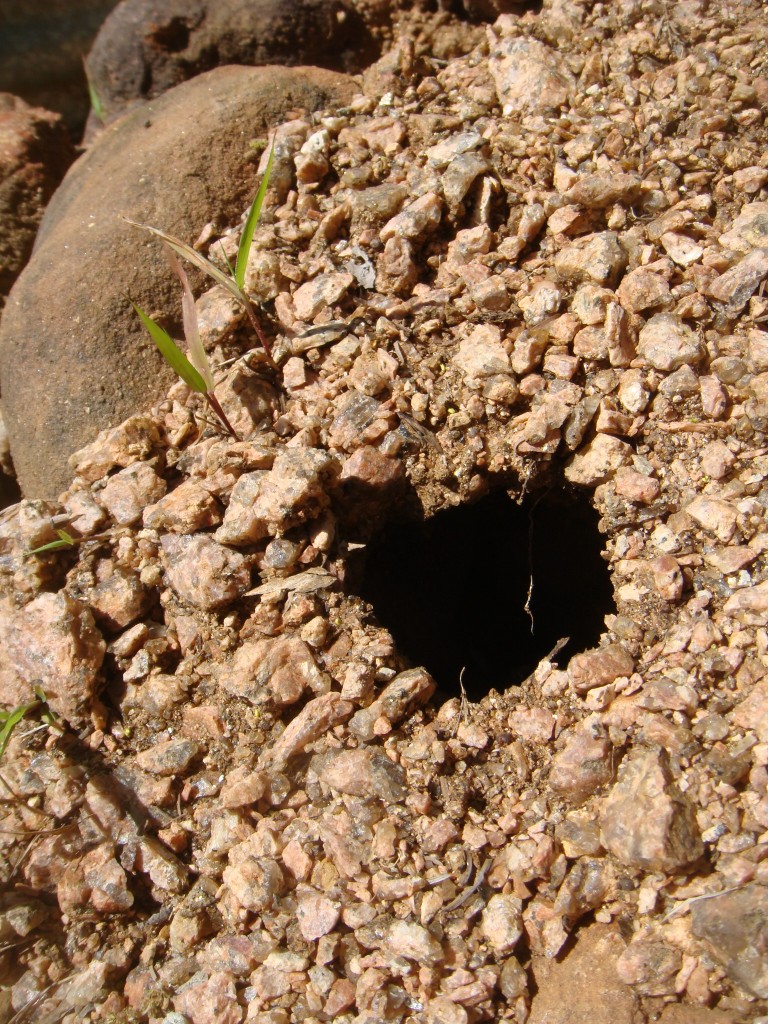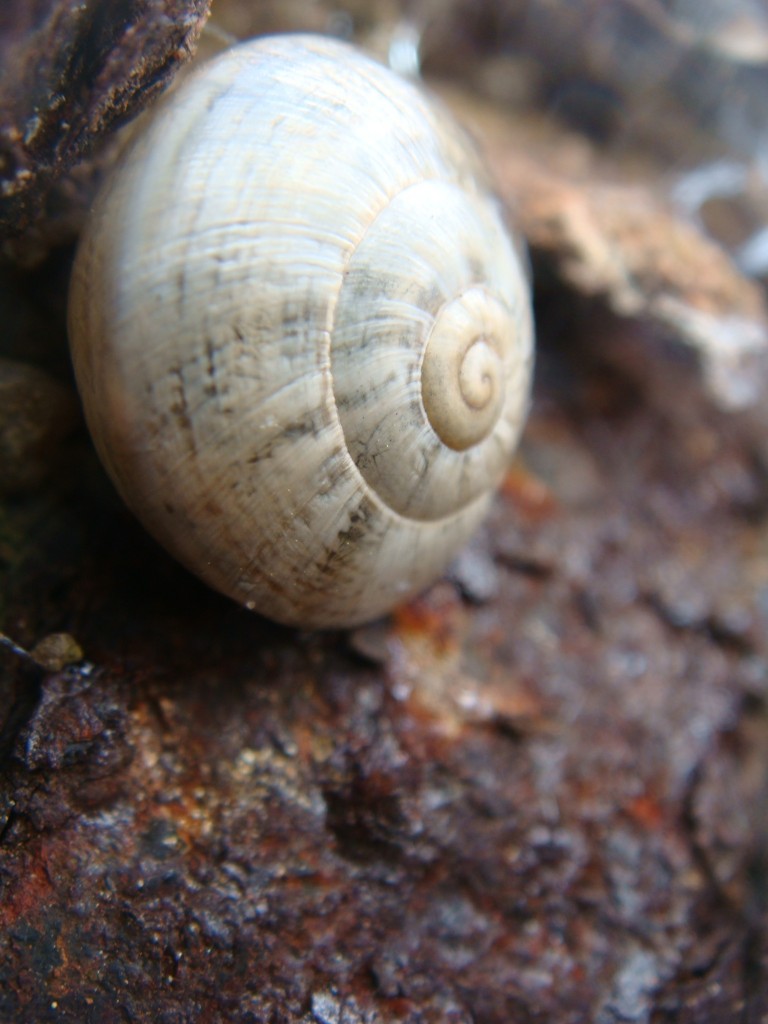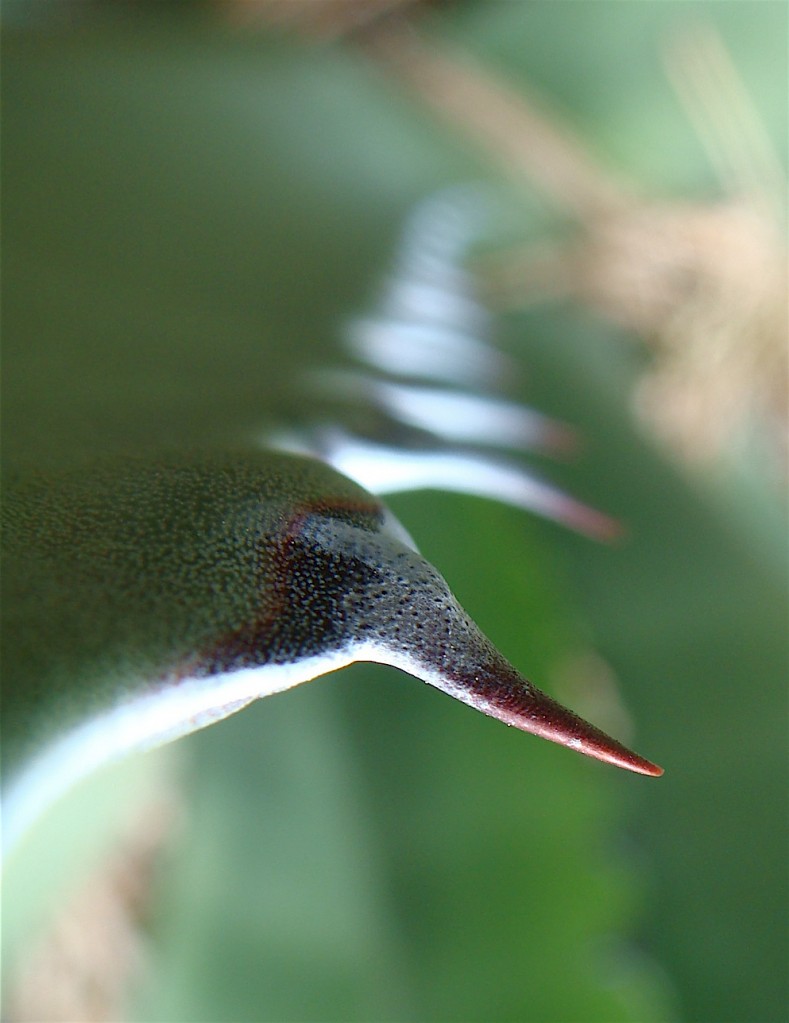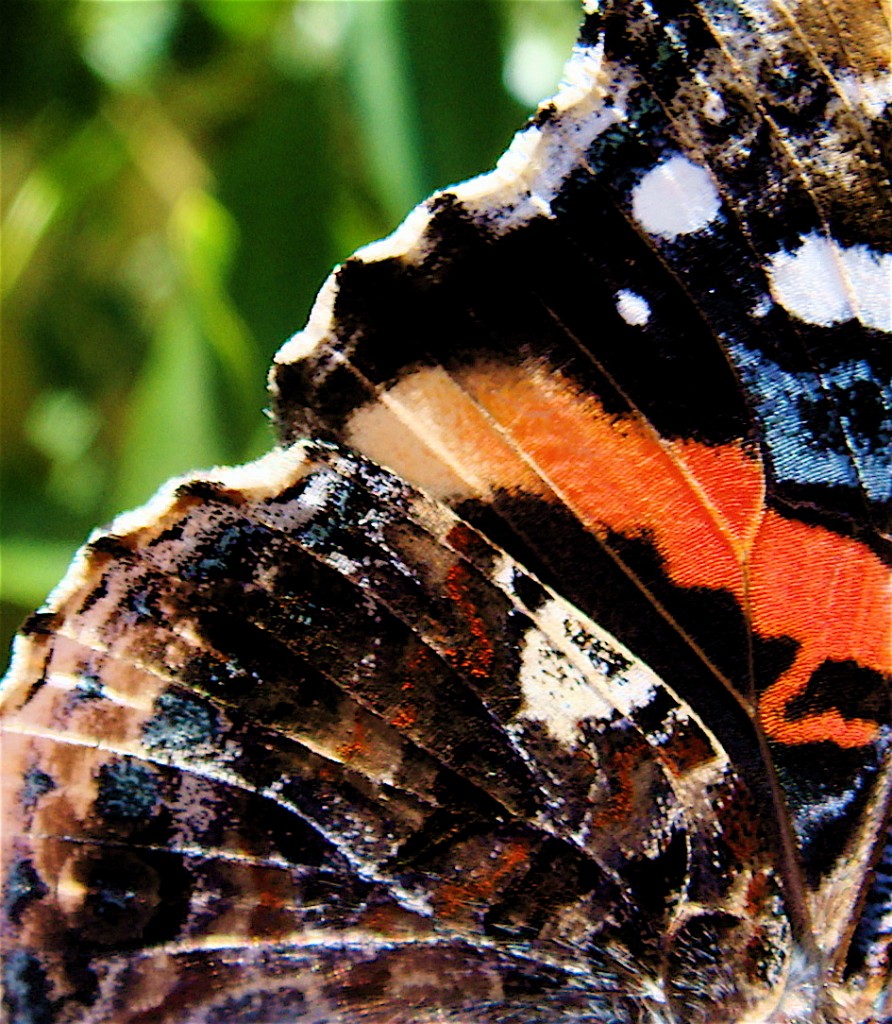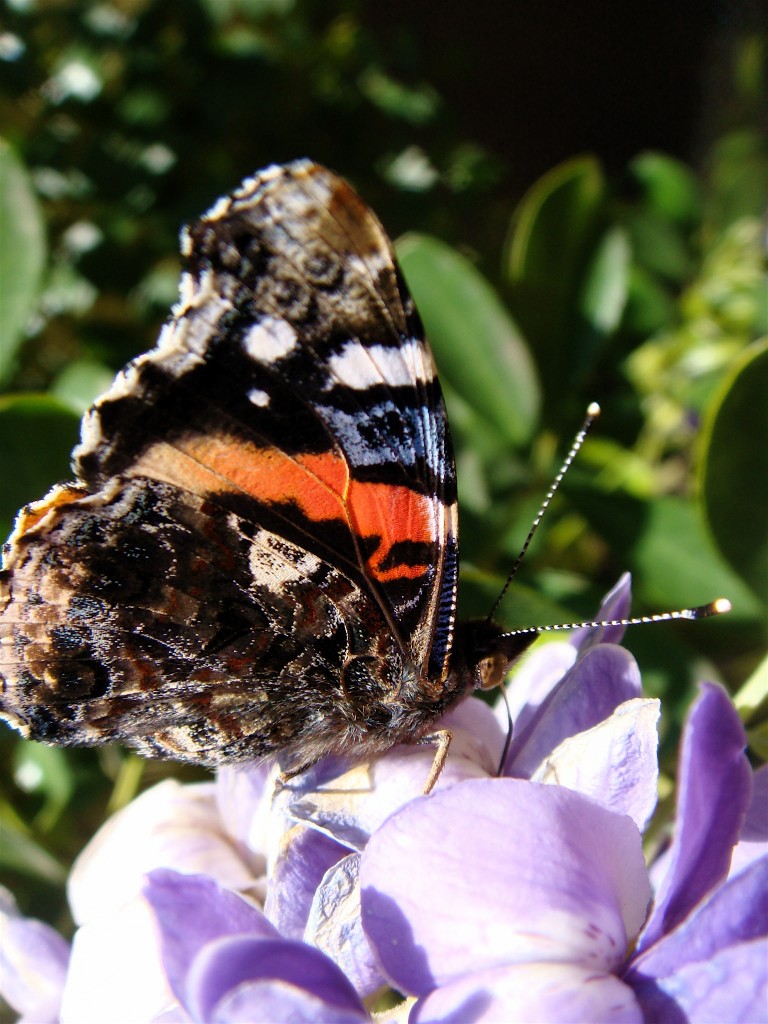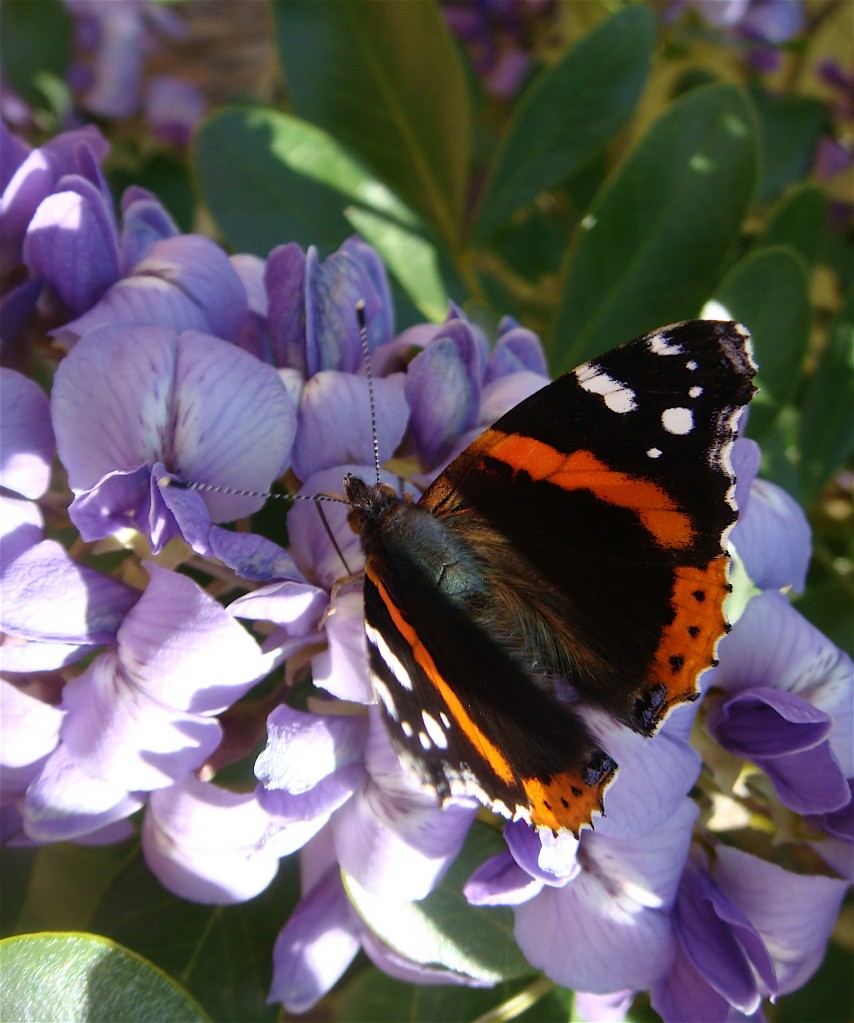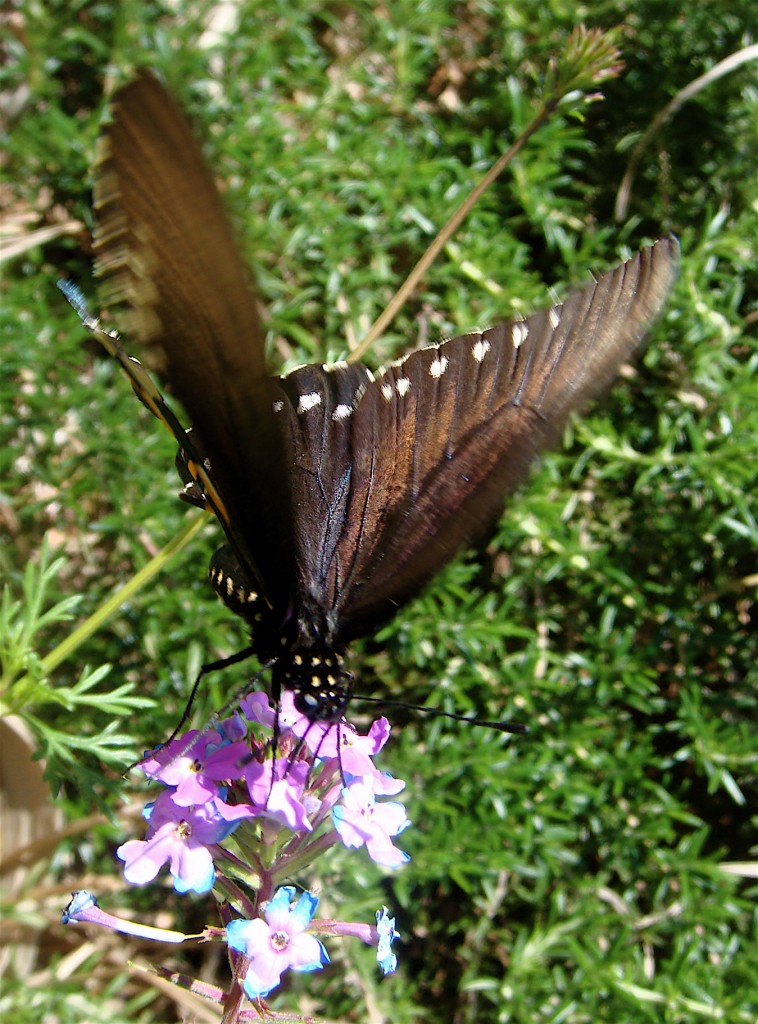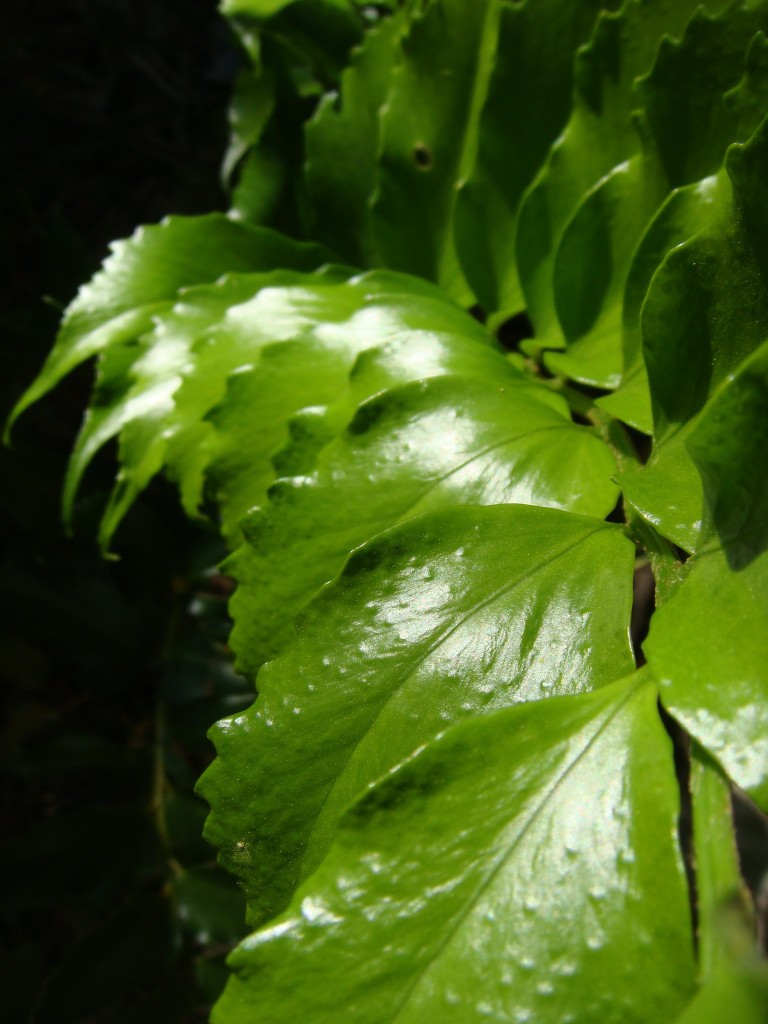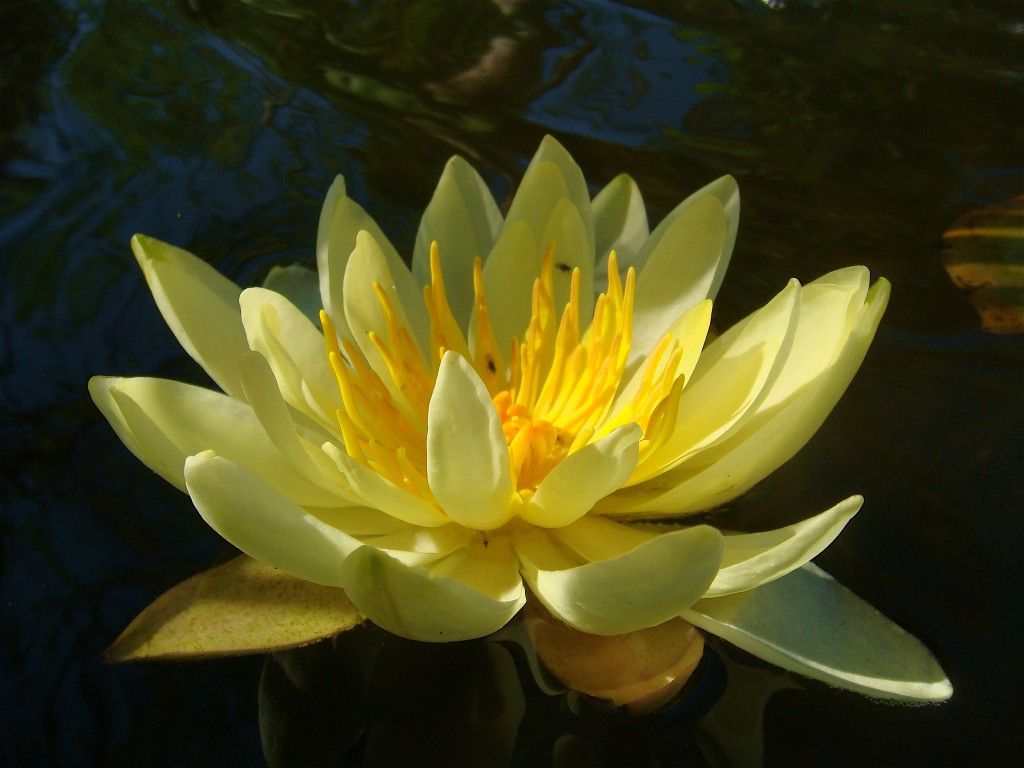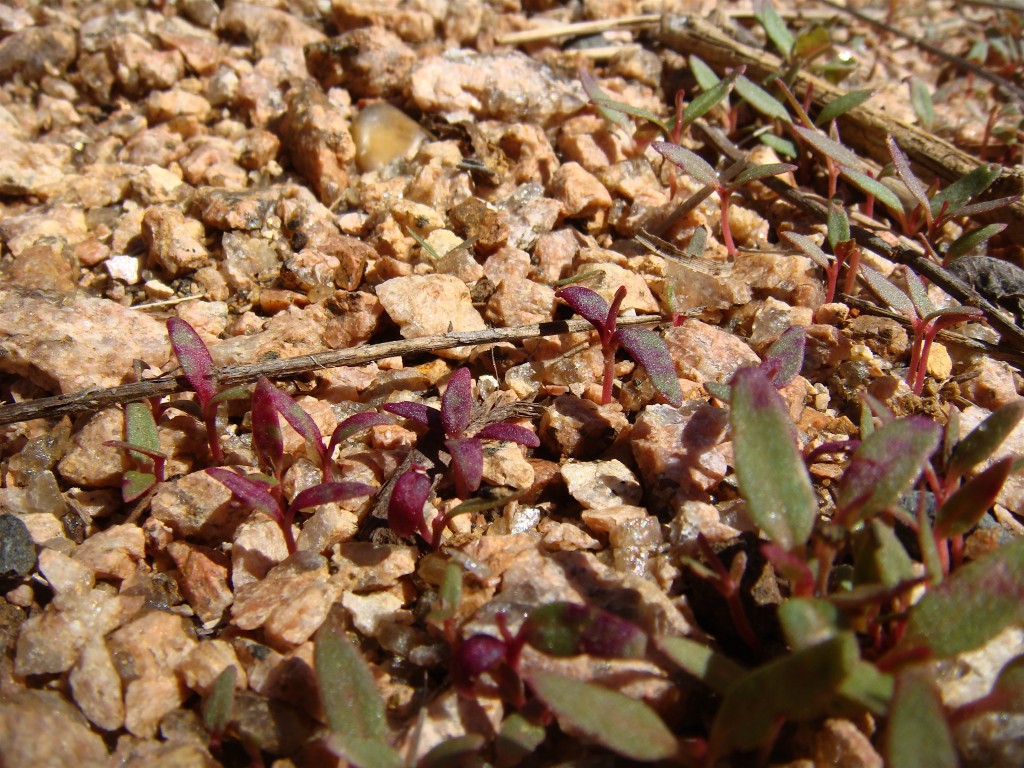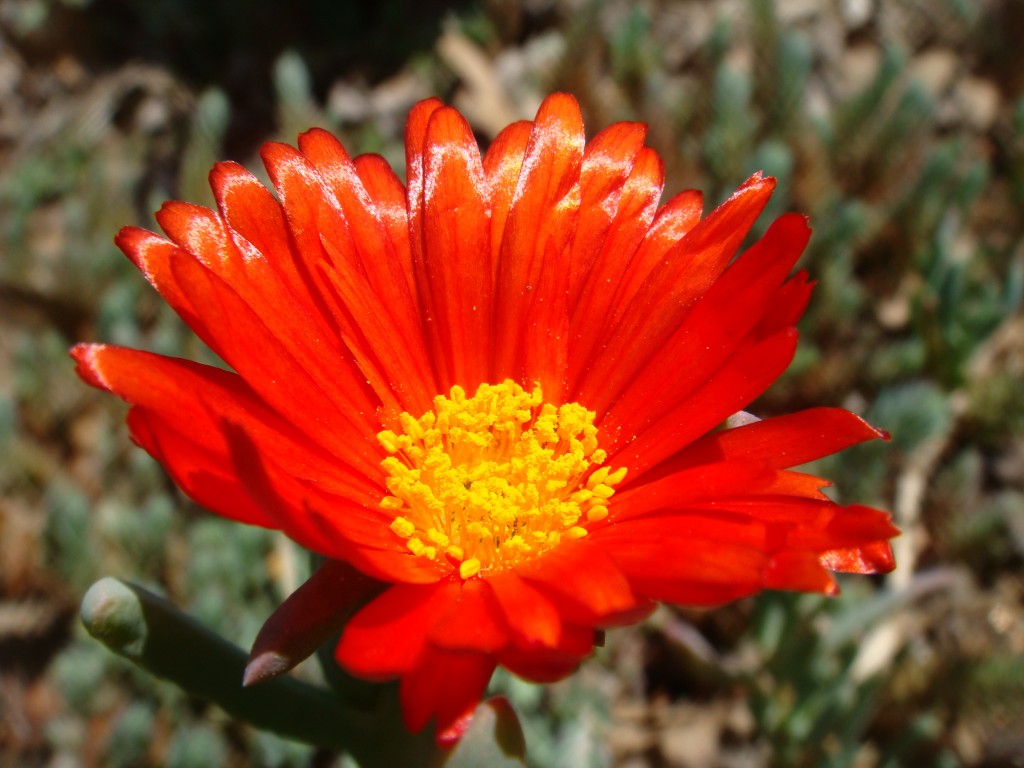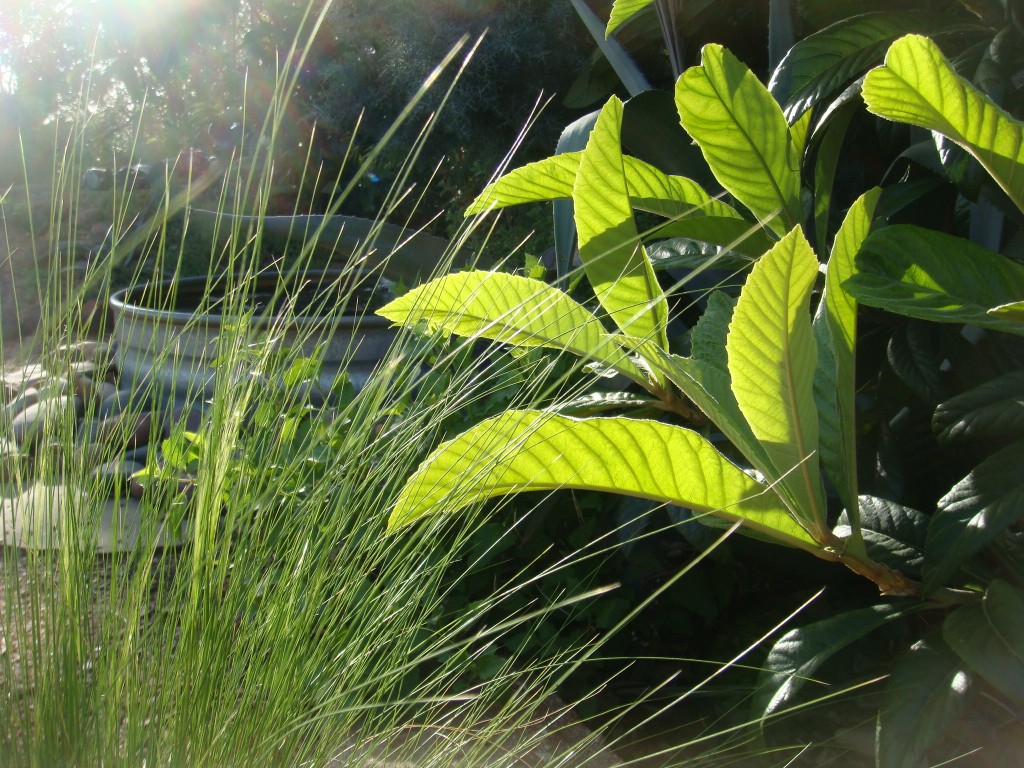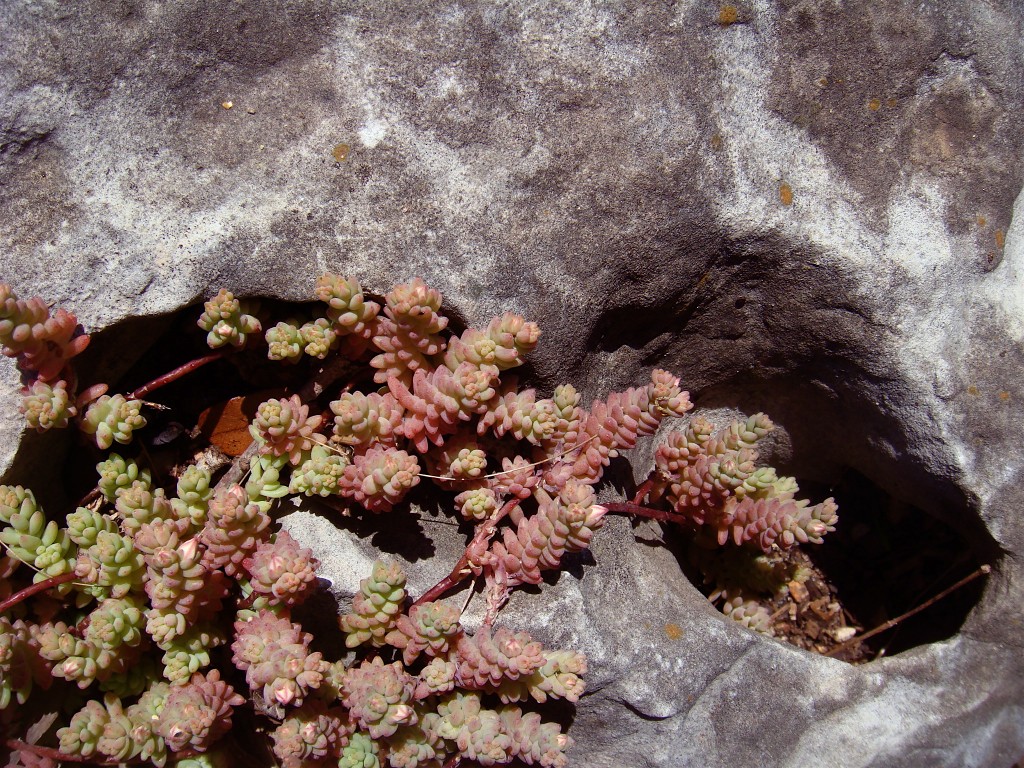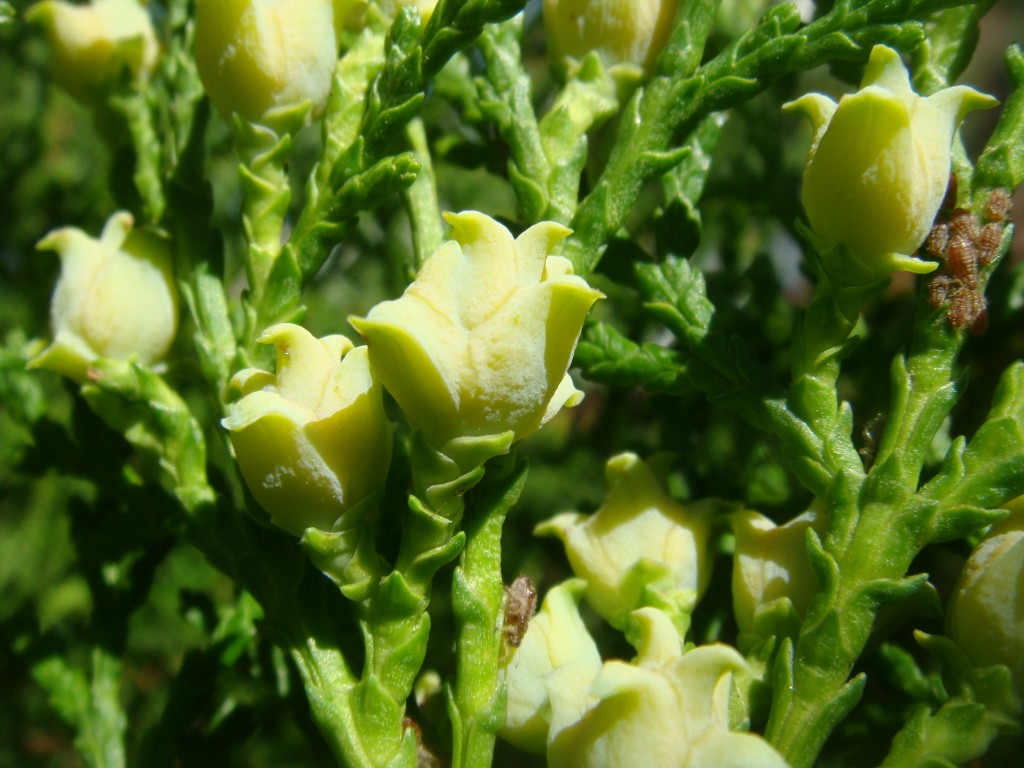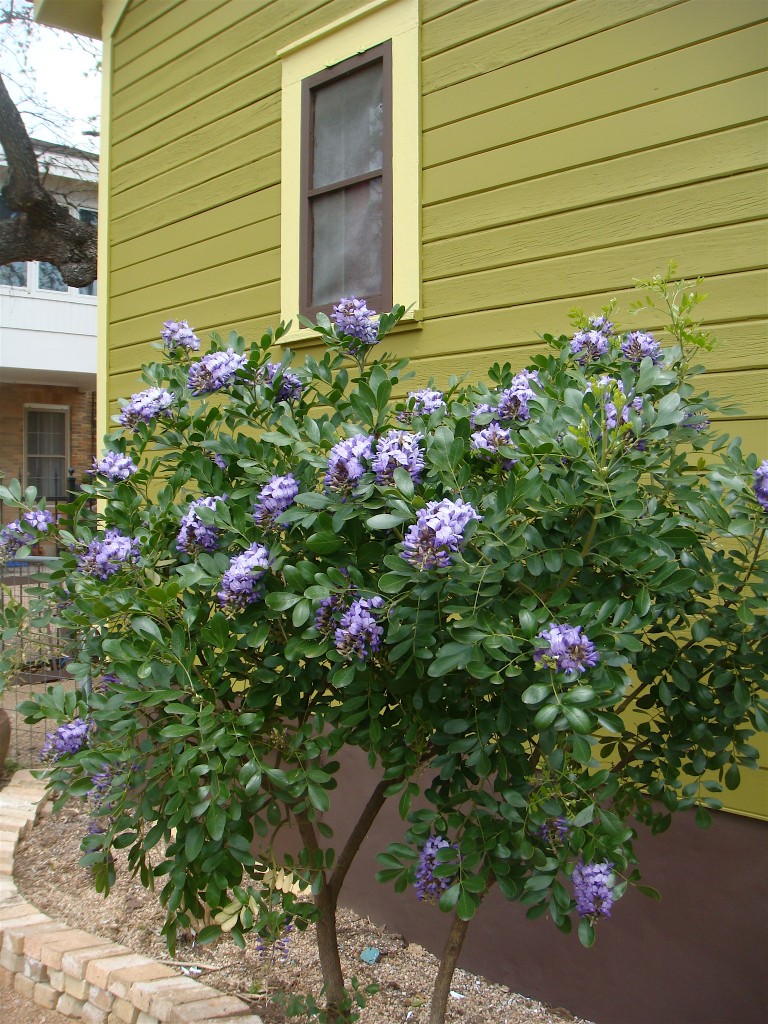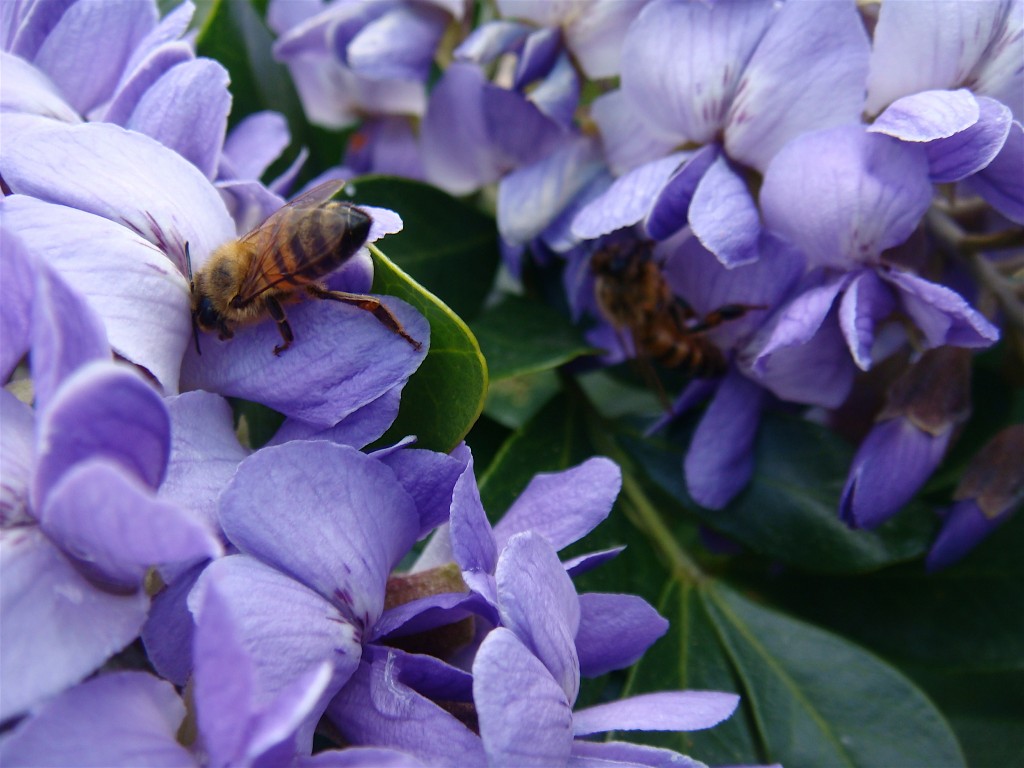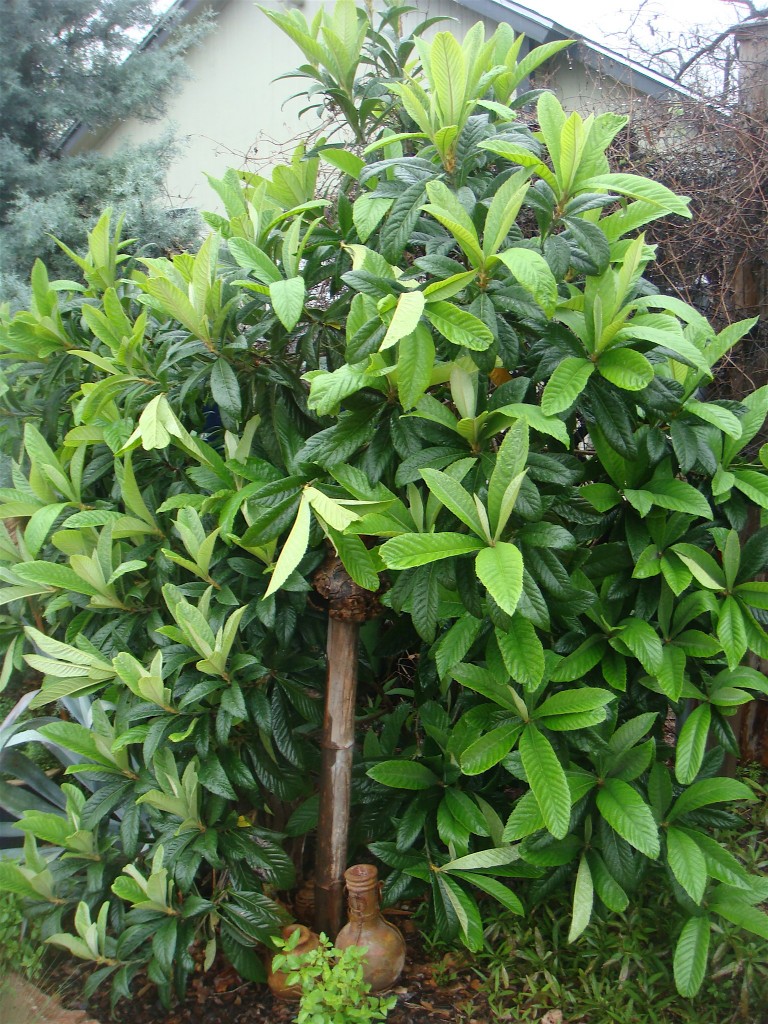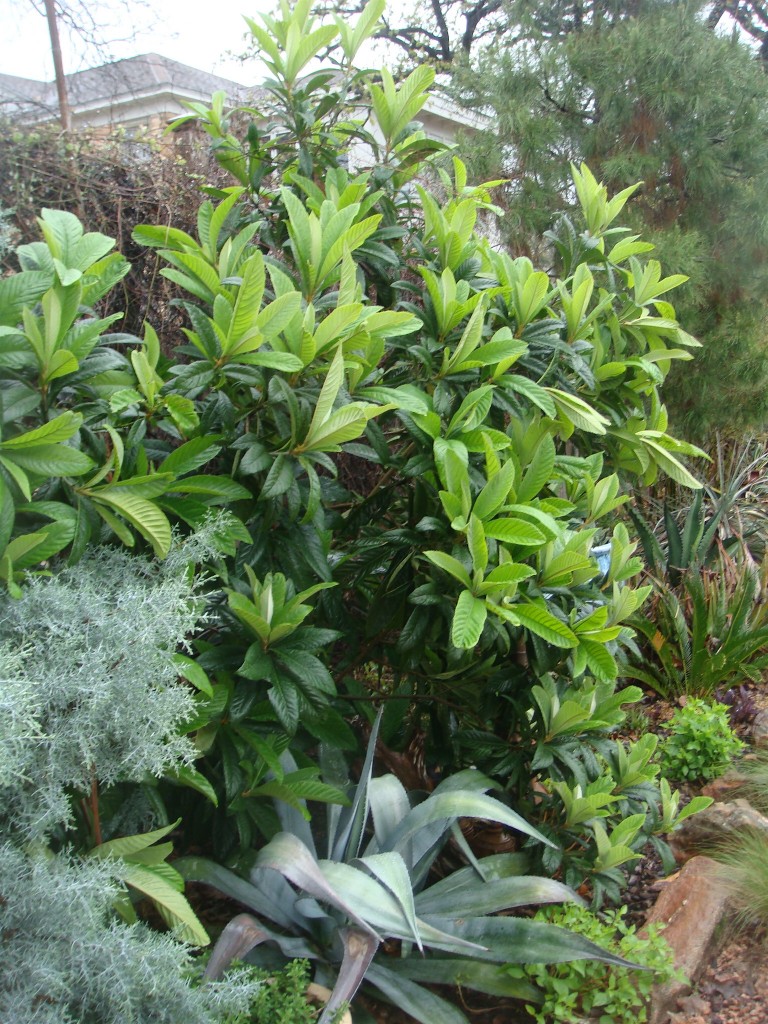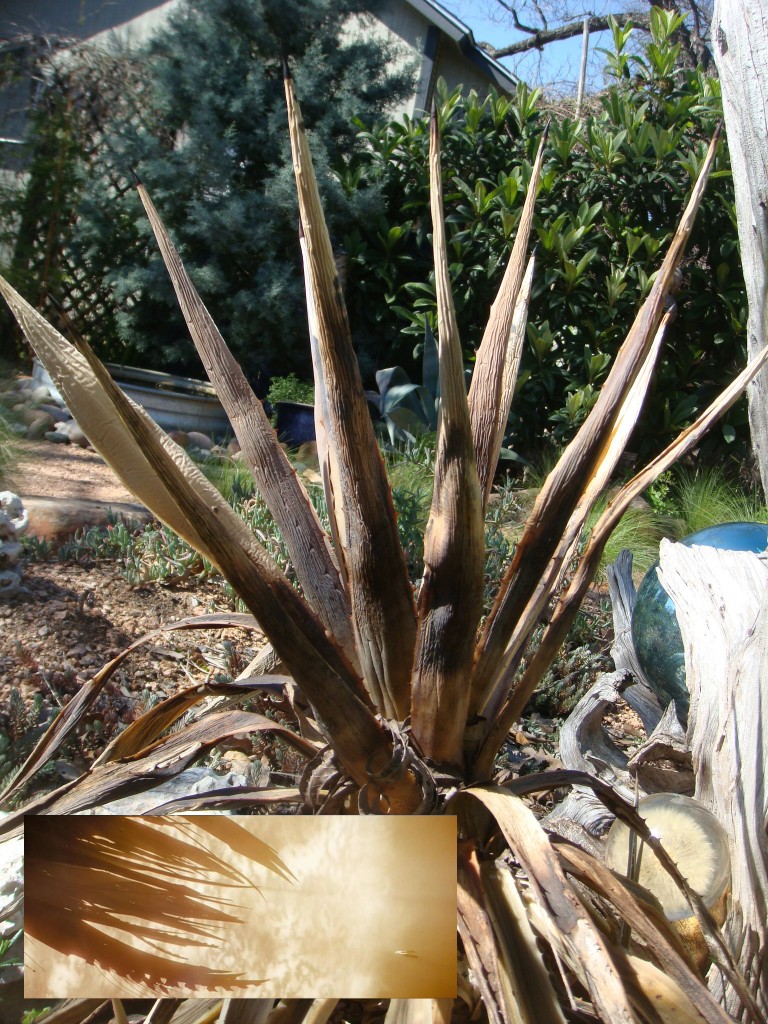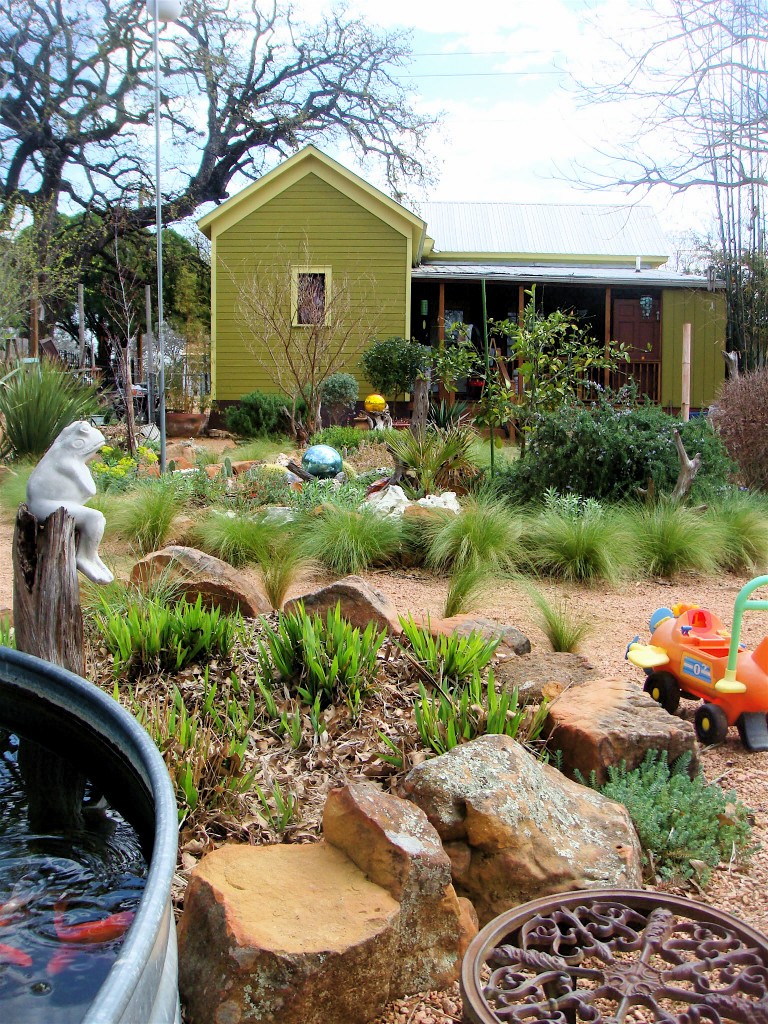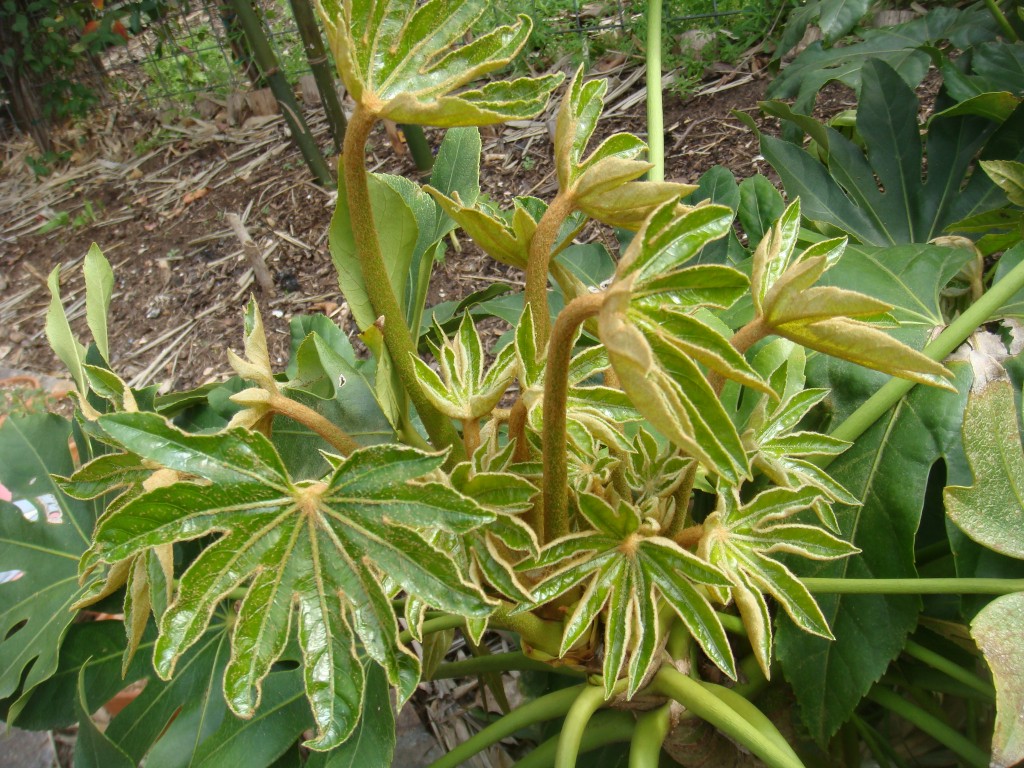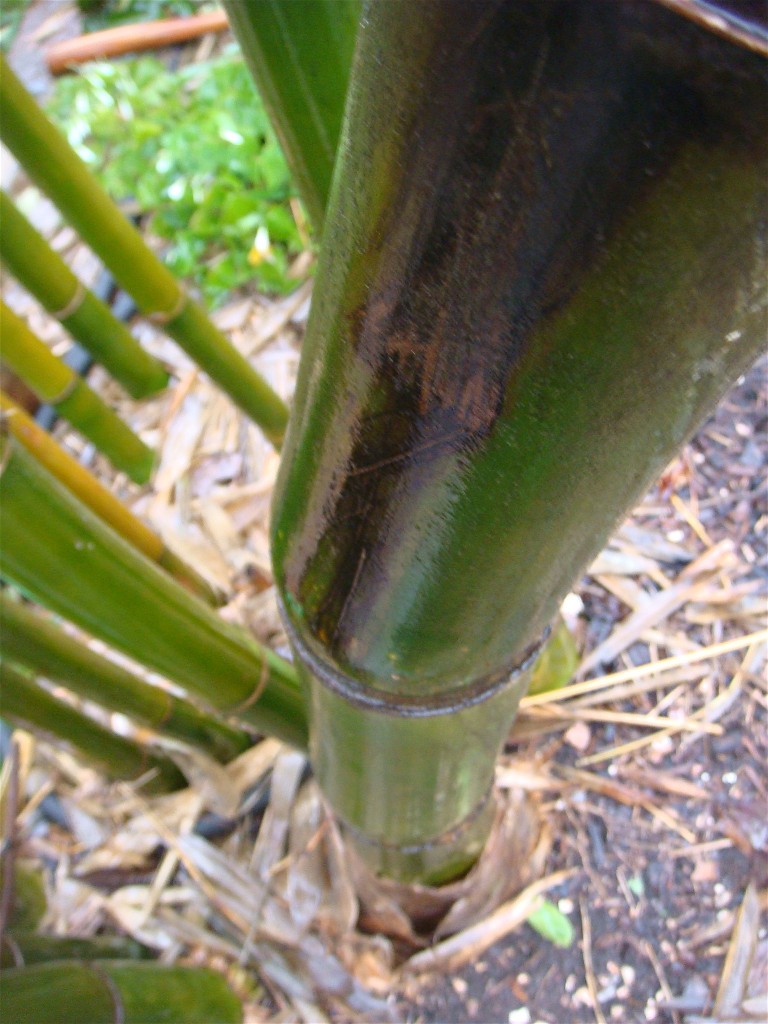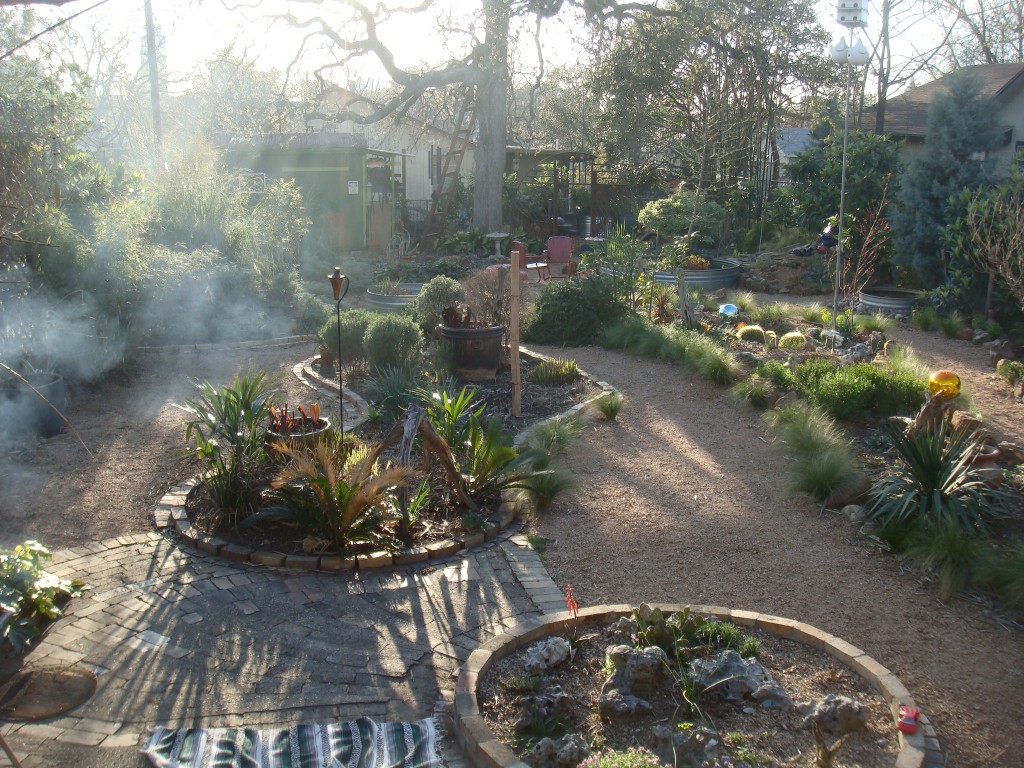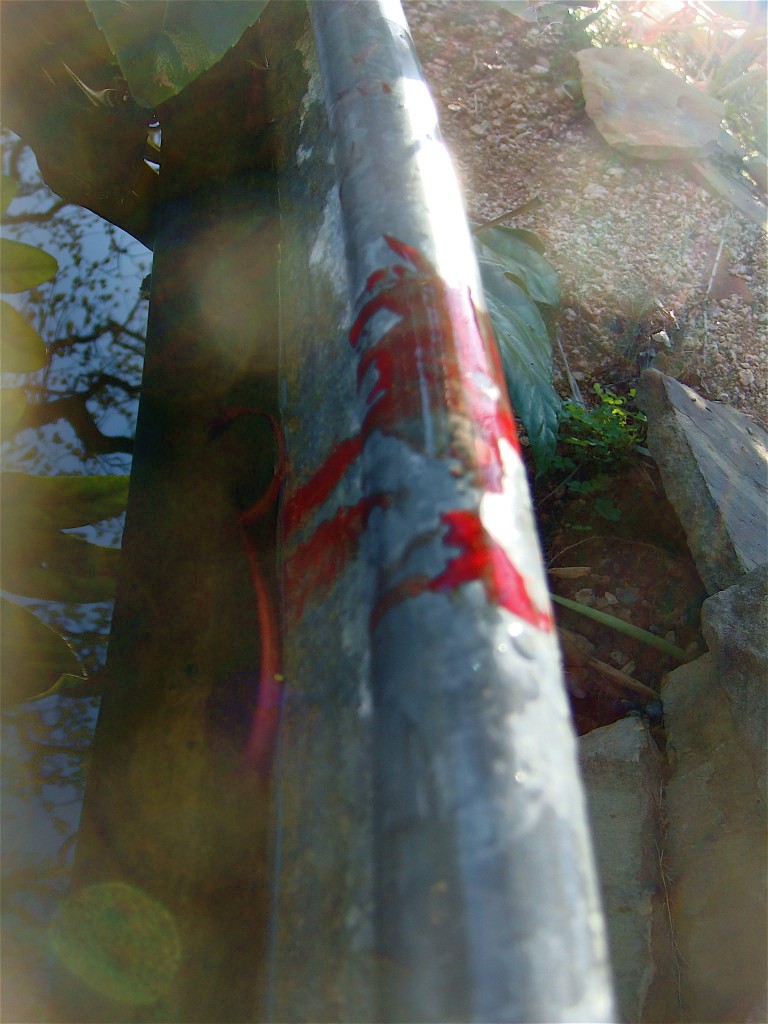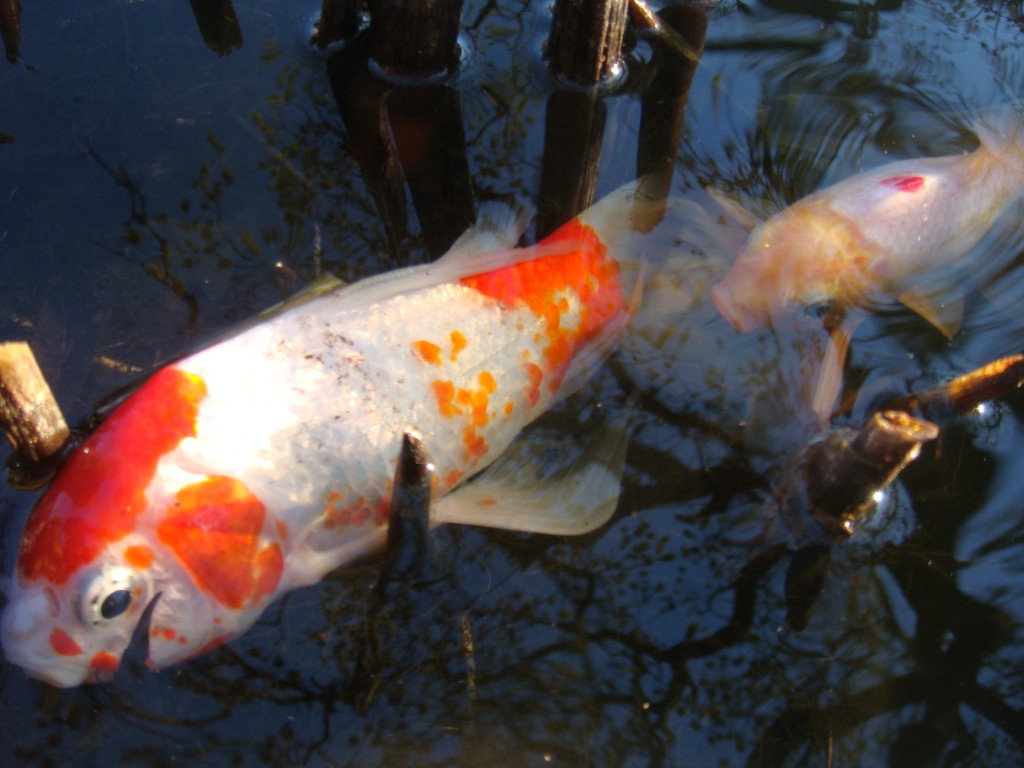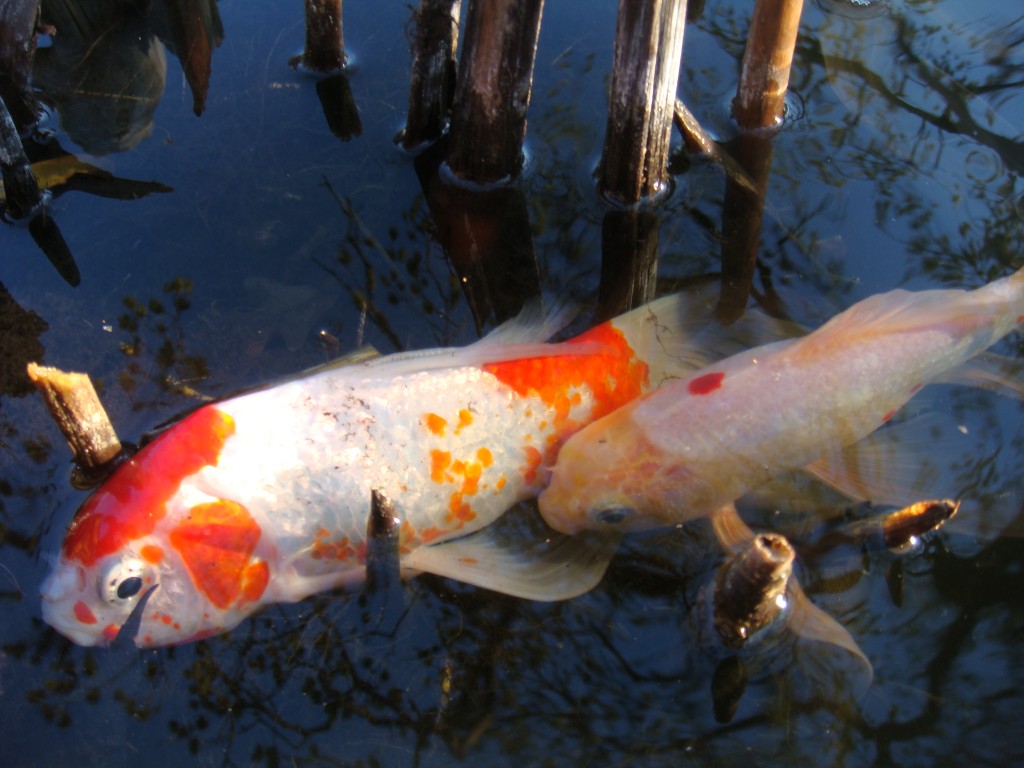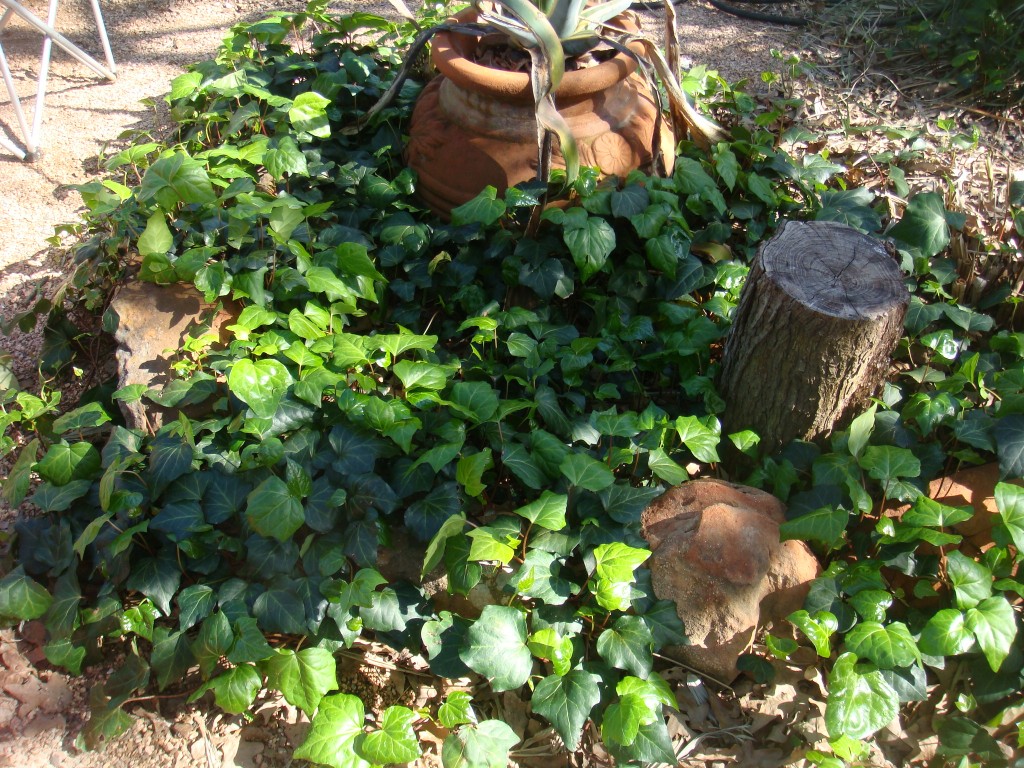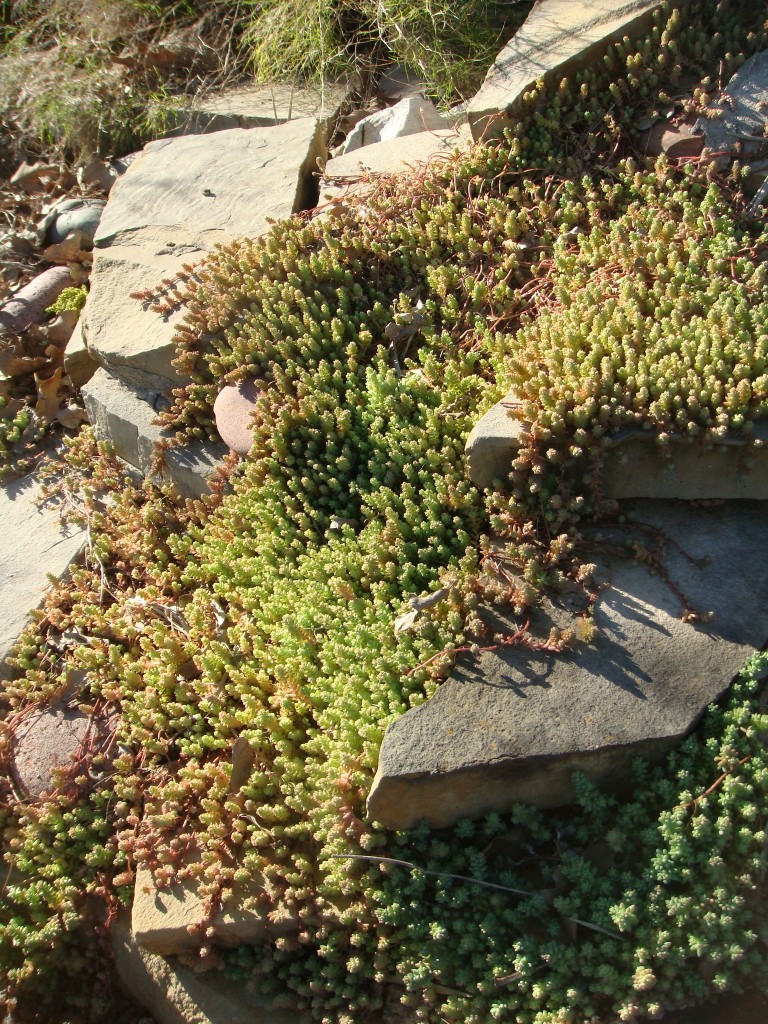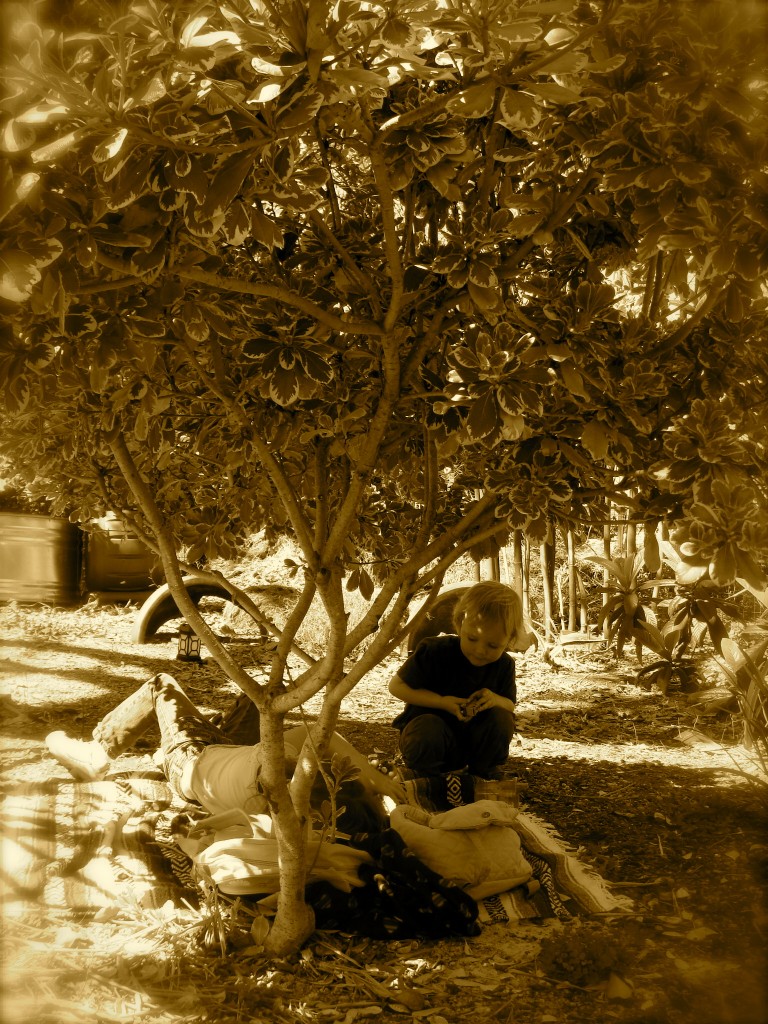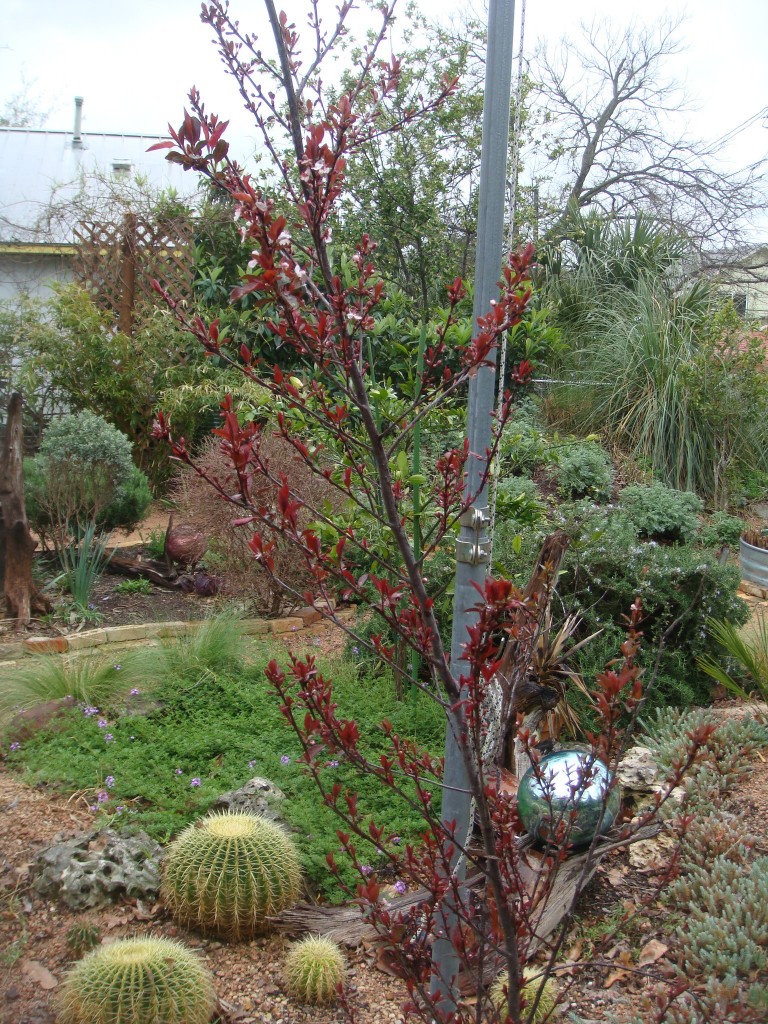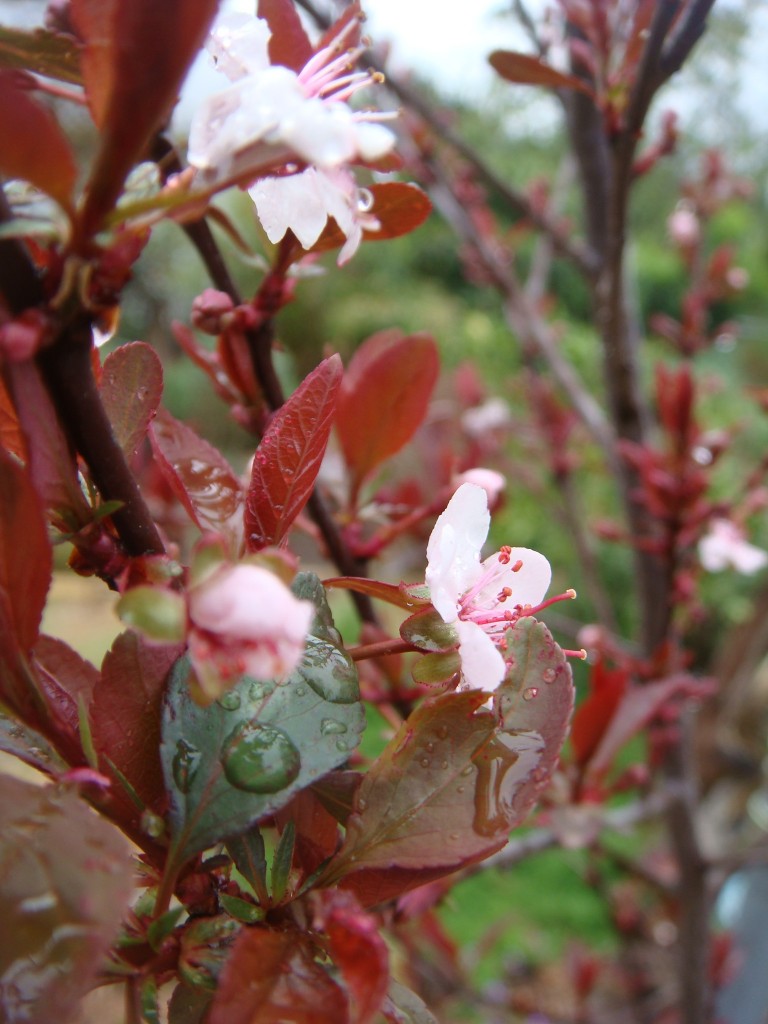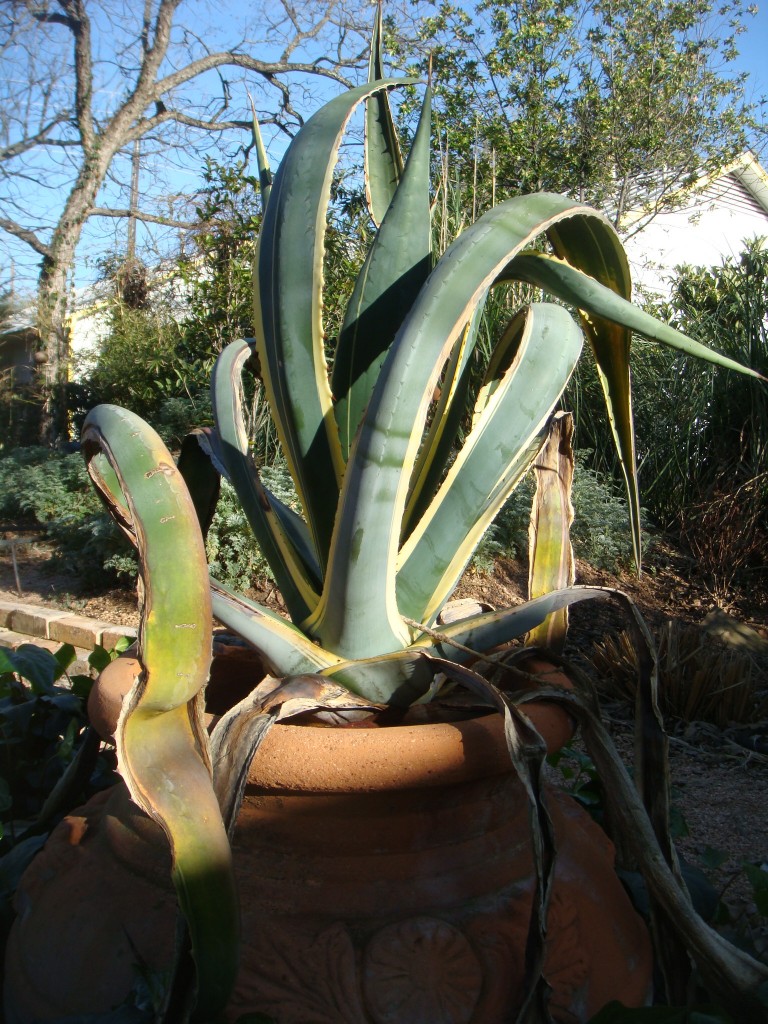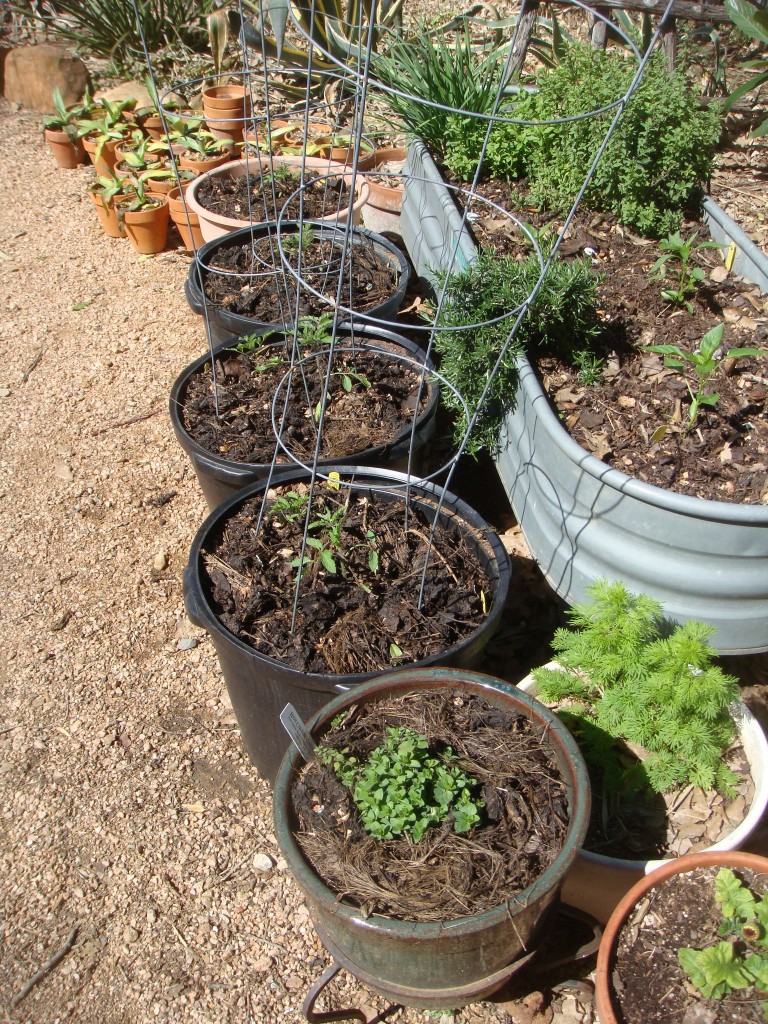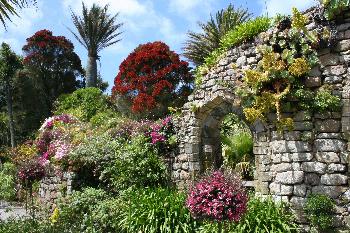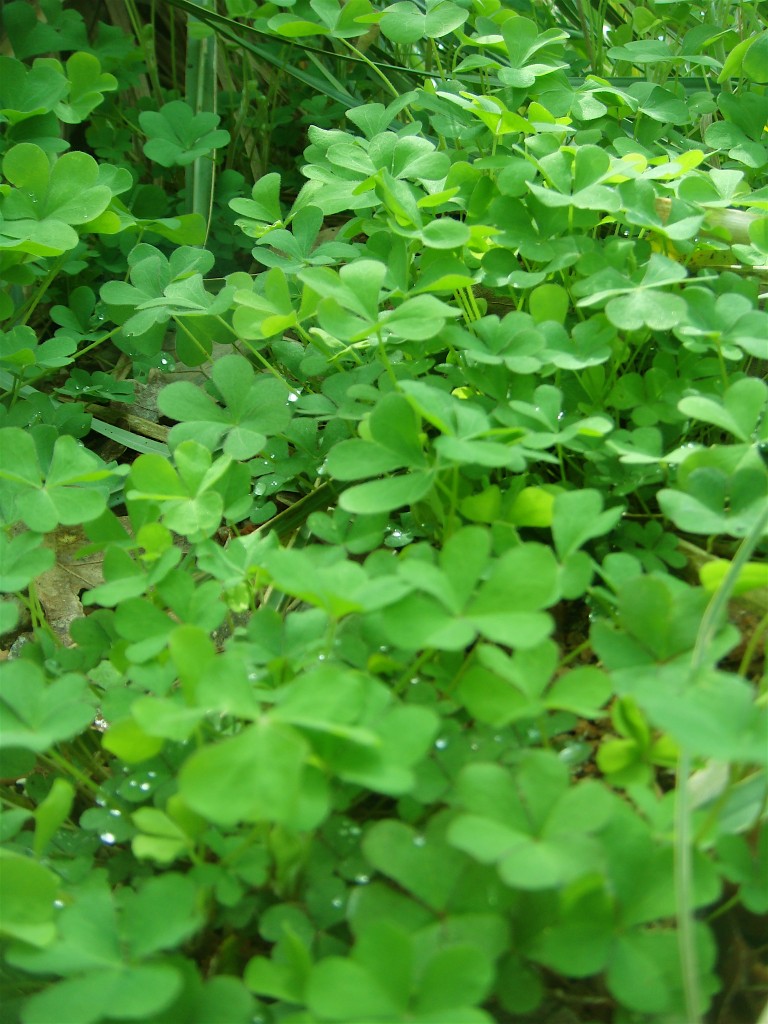
Remember a few posts back that I had been seeing a few small caves around the Patch?
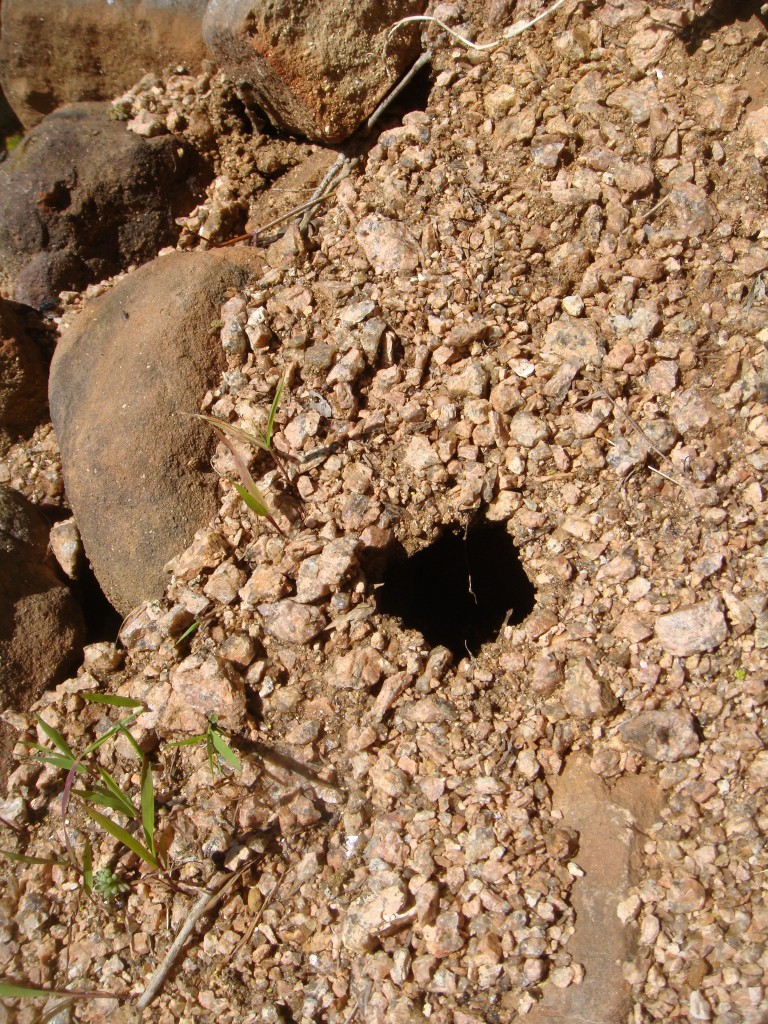
Well today we noticed this particularly deep hole, a hole that was not there yesterday…I dropped a piece of decomposed granite into it, there was a delay, then I heard a splash as the rock hit water! I immediately backed away from the pot-hole. This warranted further investigation. The eldest hobbit was straight onto this.
“Flashlight!”

She hunkered down to the sink-hole with a flashlight, then remembered that she had a better tool for the job…
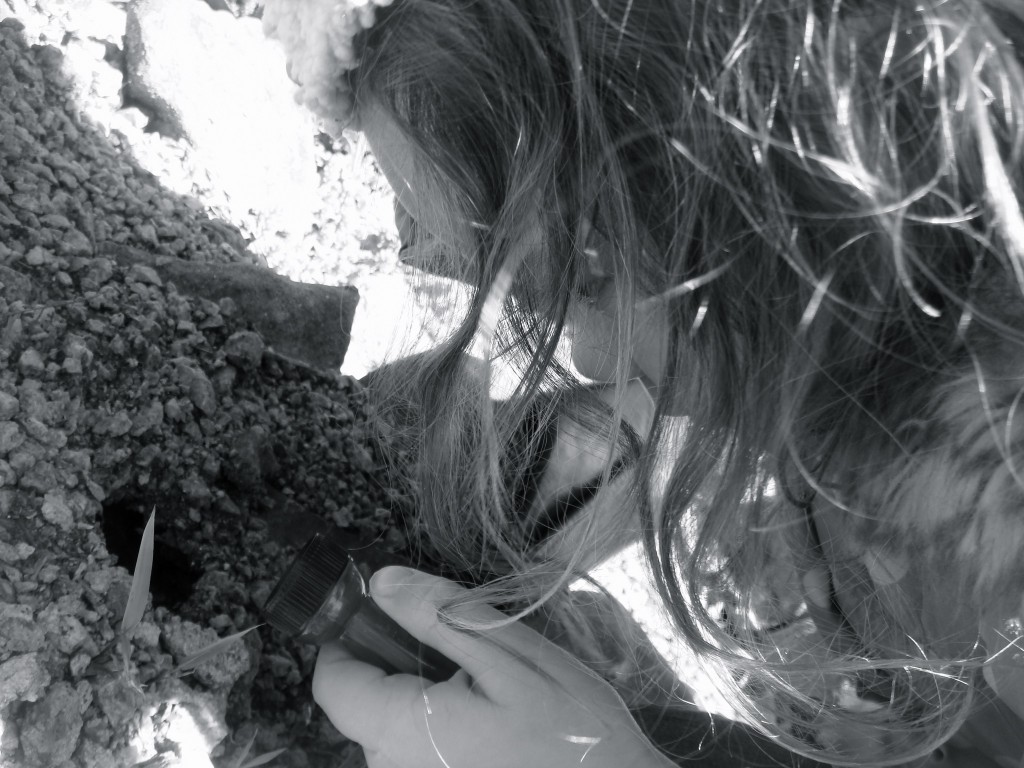
…a tiny flashlight.
“We’re going in!”

We harnessed up and propelled ourselves into the dark pit, switching on our flashlights as we descended.
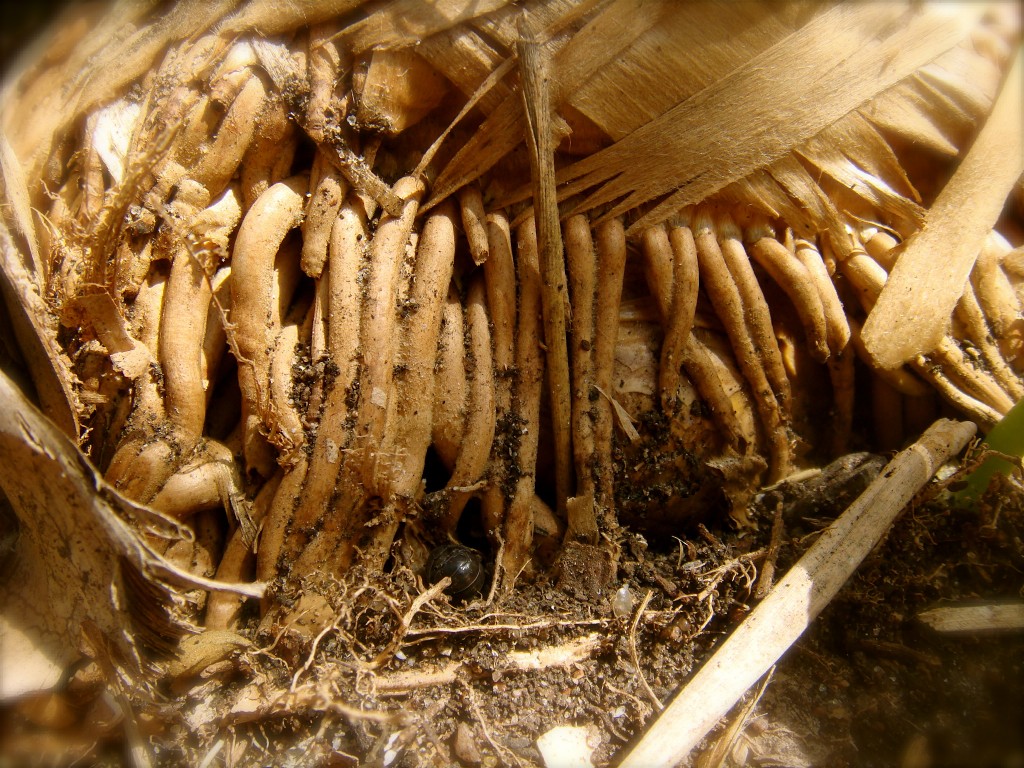
After landing in some shallow water at the base of the cavern, we turned around and our flashlights illuminated what had to be an ancient Naboo temple at the far end of the cavern.

“Fascinating ESP, it looks exactly like giant timber bamboo roots”.
Thanks for that Spock!
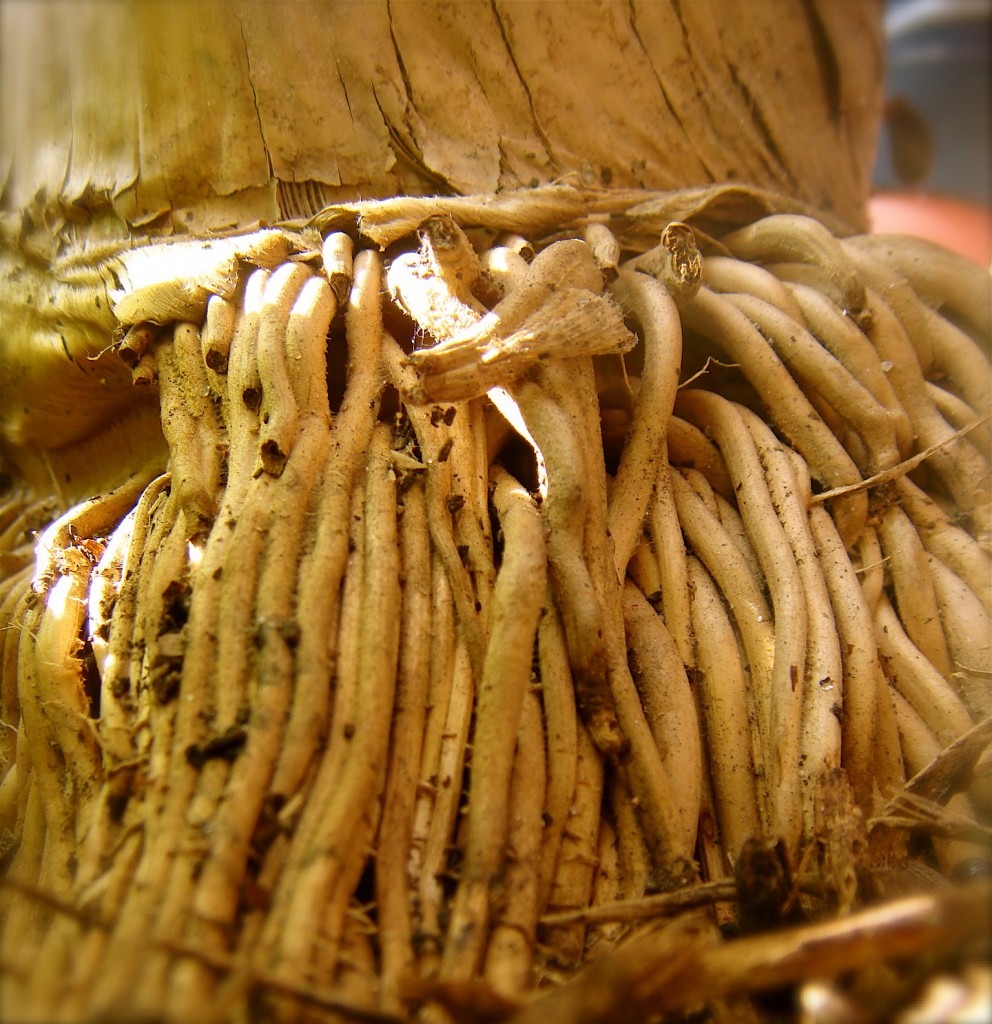
The organ-pipe architecture was staggering and housed small openings which I surmised were openings into the Naboo living quarters, a sort of cliff dwelling existence?
We also noticed a lot of snail shells scattered along the dank edge of the cave, perhaps the tribe is partial to escargot ?
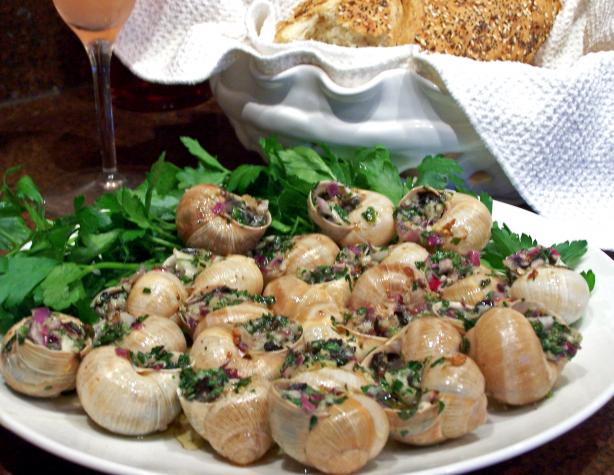 I was pondering this ridiculous culinary possibility, when a horrendous piercing scream filled the cavern, we heard the crunching of large footsteps on snails… and they were drawing closer.
I was pondering this ridiculous culinary possibility, when a horrendous piercing scream filled the cavern, we heard the crunching of large footsteps on snails… and they were drawing closer.
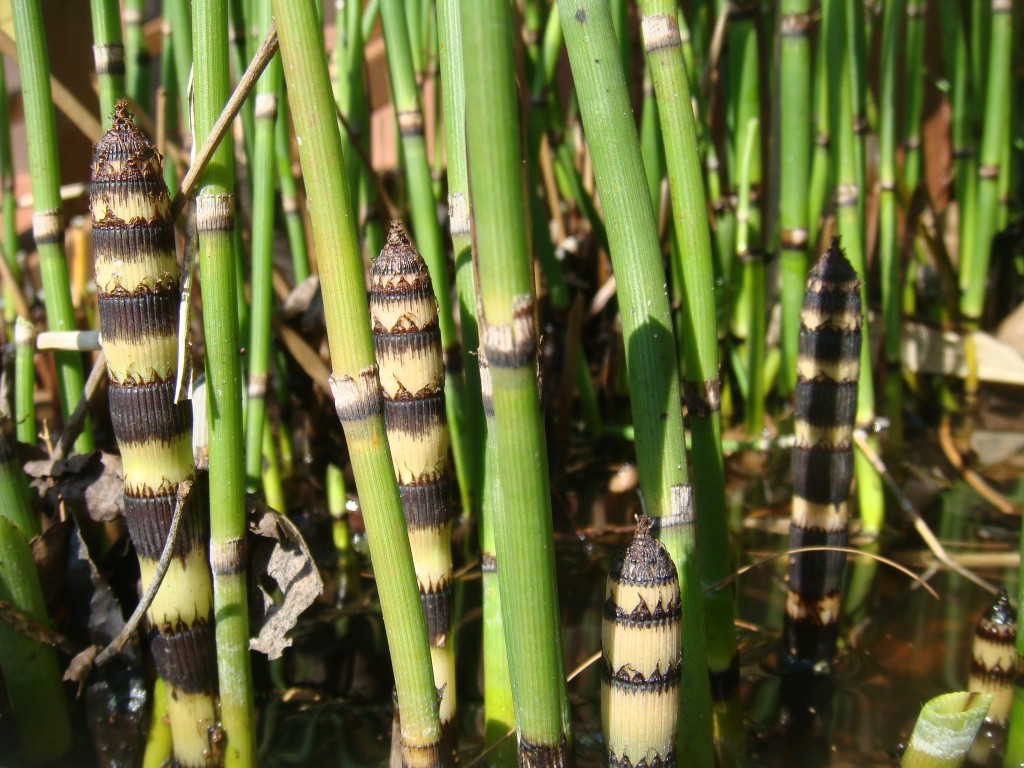
We glanced at each other then started to run. We ran through some ancient reeds,
…past sharp, man-eating plants,
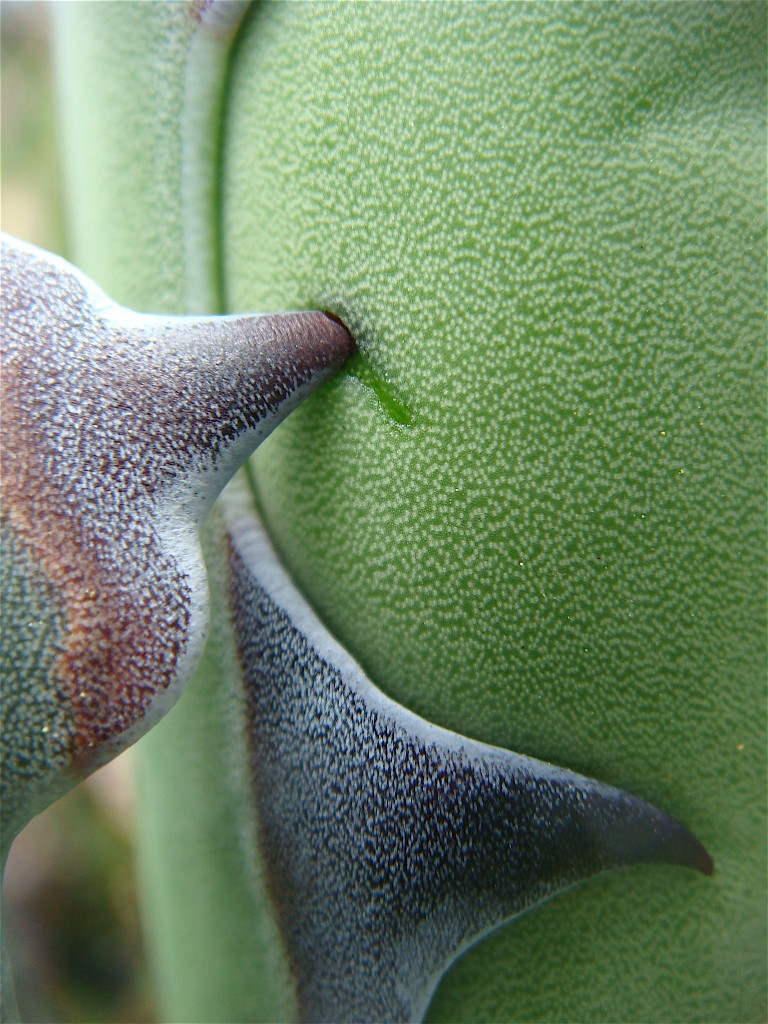
that would close in on themselves as we ran by.
We finally made it back to where our ropes were hanging from the cave entrance. Naturally my flashlight was dropped in typical Jurassic Patch fashion, just to build up some really irritating fake tension. Half way up my rope I shone the beam back onto the cave floor…
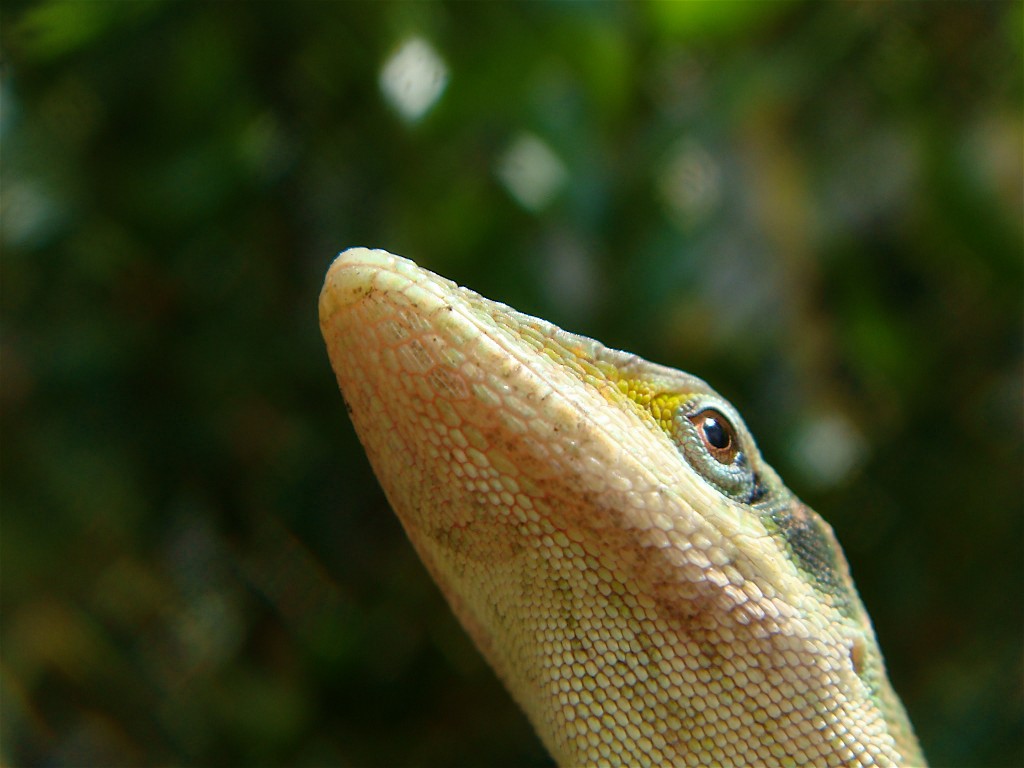 and was shocked to see a fifty foot anole staring back up at me, it let out one final deafening scream, it’s tongue trying to latch onto my ankle.
and was shocked to see a fifty foot anole staring back up at me, it let out one final deafening scream, it’s tongue trying to latch onto my ankle.
 “Oh, like you have problems ESP?”
“Oh, like you have problems ESP?”
We scrambled out of the cave entrance, and pulled up our ropes…top-side at last. I placed a Texas holey rock over the cave entrance and continued with my weeding, hoping to bump into the Naboo to ask them about the temple.
Moving a little more sanely on:
Oil on Canvas?
Brushfoots and Swallowtails have started to appear in the Patch this past week.
Vanessa cardui
(Painted Lady) …I think.
All of them made an immediate bee line for the mountain laurel blooms that have now started to decline.
Vanessa atalanta
Red Admiral
This Swallowtail was attracted to the verbena…
which has got enormous in my middle cactus and succulent bed.
My purple leaf sand cherry
just keeps on developing more and more fragrant flowers, the pale pink blooms with burgundy centers that pick up the foliage color is a knock-out this time of year, and it creates a great contrast with the emerging green plants, like inland sea oats. A great drought tolerant shrub for Texas color.
“I like it, I like it”…and yes that is compost at the side of his mouth, he got into a bag when I was planting some more bamboo muhly in my hell strip. I hate to think what he did with it.
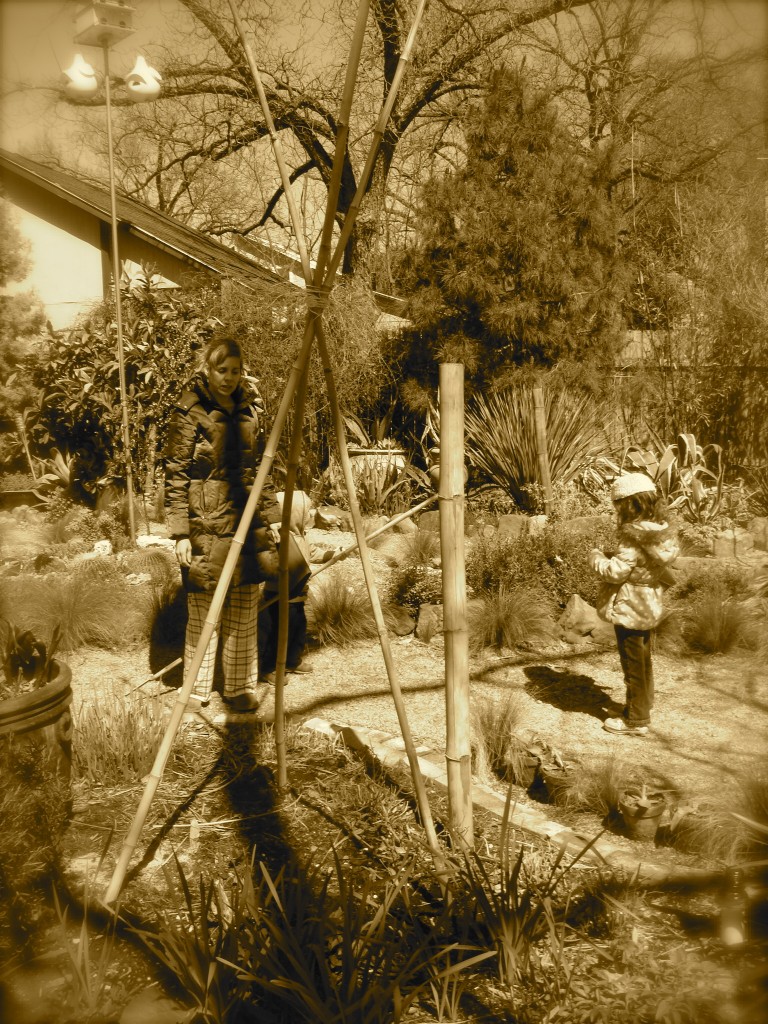
 My other hobbit patiently held her three beans (magic beans) in a plastic egg while I constructed a grow teepee for them out of bamboo. A bean was planted at the base of each pole. She administered the beans into the troweled-out holes like a pharmacist. Now the painful wait for the beanstalk to grow.
My other hobbit patiently held her three beans (magic beans) in a plastic egg while I constructed a grow teepee for them out of bamboo. A bean was planted at the base of each pole. She administered the beans into the troweled-out holes like a pharmacist. Now the painful wait for the beanstalk to grow.

She got her beans at the East Austin Garden Fair: “A Passion for Plants.” Unfortunately the weather made things feel like the event was being held in the Scottish Highlands rather then Central Texas, but we all had a great time. I will be putting this event on our calender for future years.

“Ach! ye canny say that, its no like the highlands at a’, I canna believe ye would say such a….”
Oh shut your cake-hole William!

We walked away from the event with a bunch of freebies, frozen mouths and some great planting information. I even got to watch a live south American cockroach crawl up it’s handlers sleeve to escape the cold…Brrrr in more ways then one! (Neck twinge only, for some odd reason).
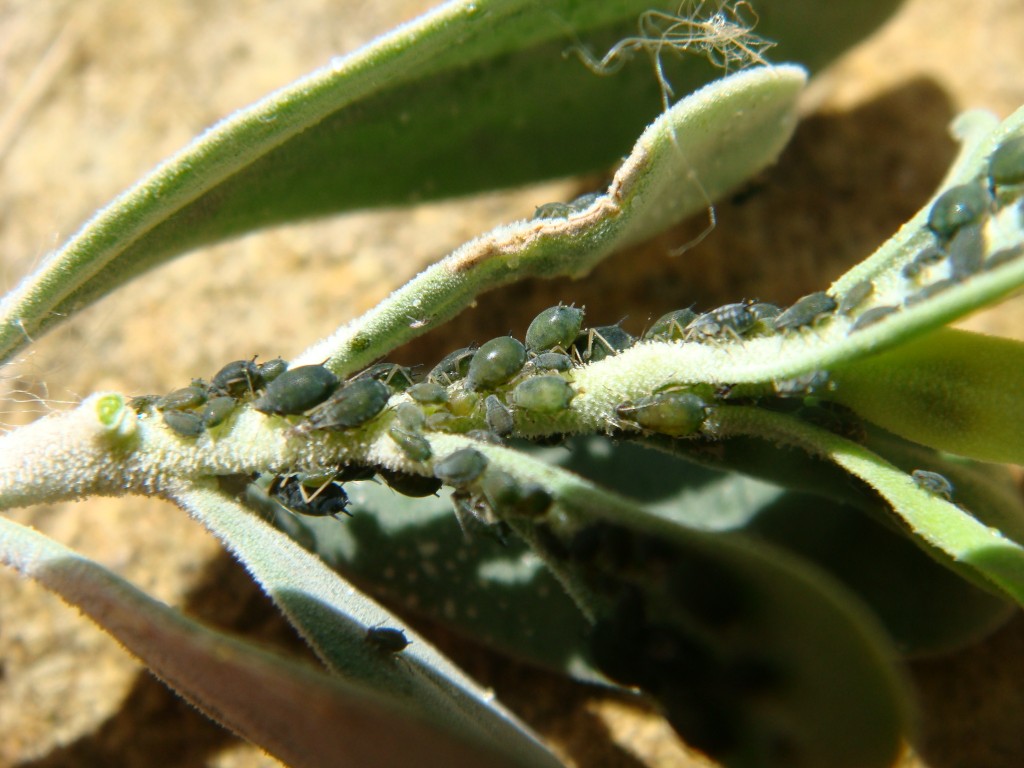
One of my Texas Sages has suddenly acquired a lot of these nasty olive chappies.
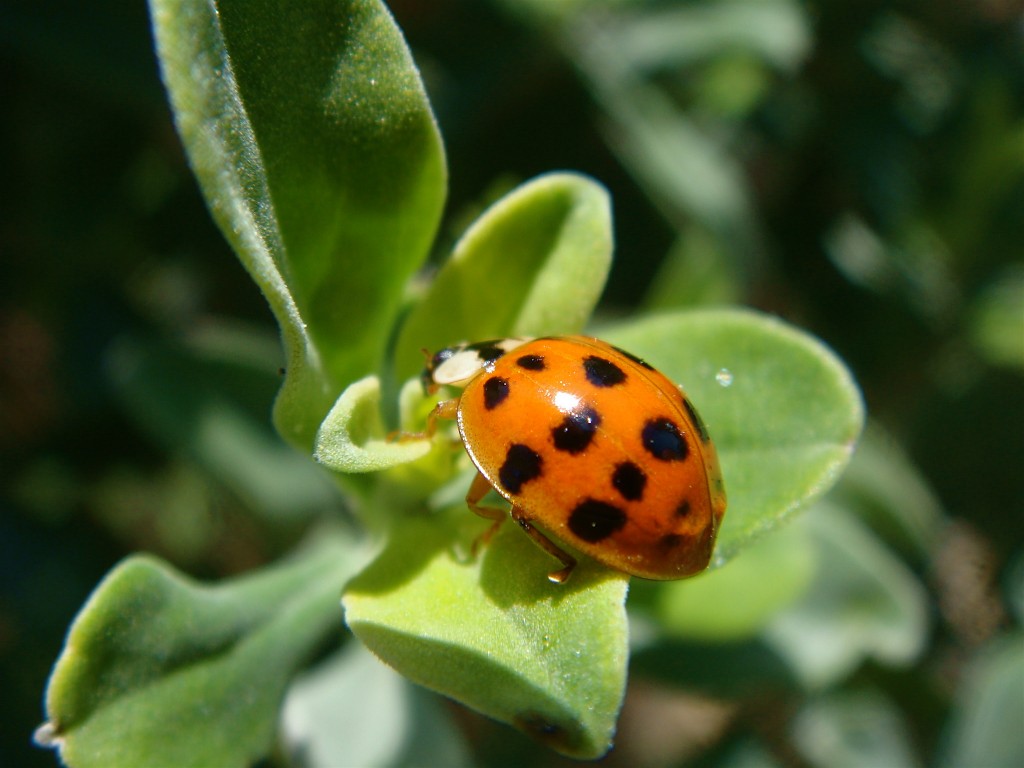
Luckily there were also a whole load of ladybugs chomping (I hope on them) as fast as they could. May your jaws ache with the feast, my dotted allies.
Other Springing things in the Patch this week.
Glossy foliage is emerging on my holly fern, all it needs is some sushi served on it’s leaves.
The first water lily of the year has surfaced.
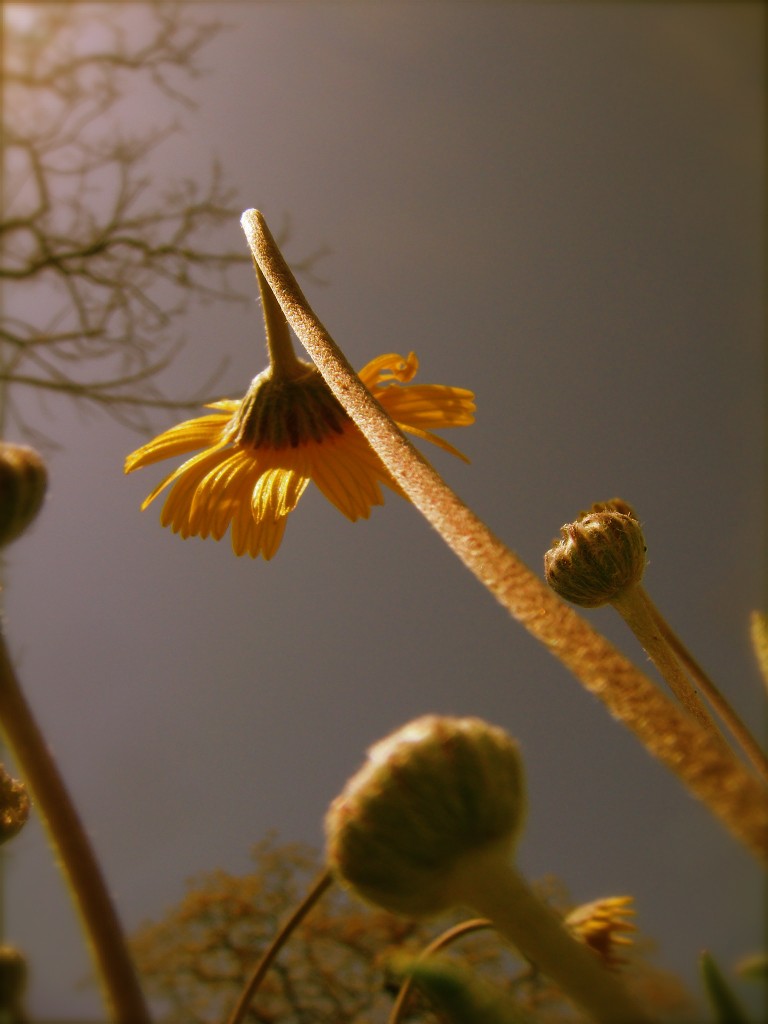 This daisy never gets on my four nerves.
This daisy never gets on my four nerves.
 “Oh Ha ha ha ha ha! Hey Joe? We got a wise-guy blogging over here.”
“Oh Ha ha ha ha ha! Hey Joe? We got a wise-guy blogging over here.”
The first amaranth is rising out of the decomposed granite…
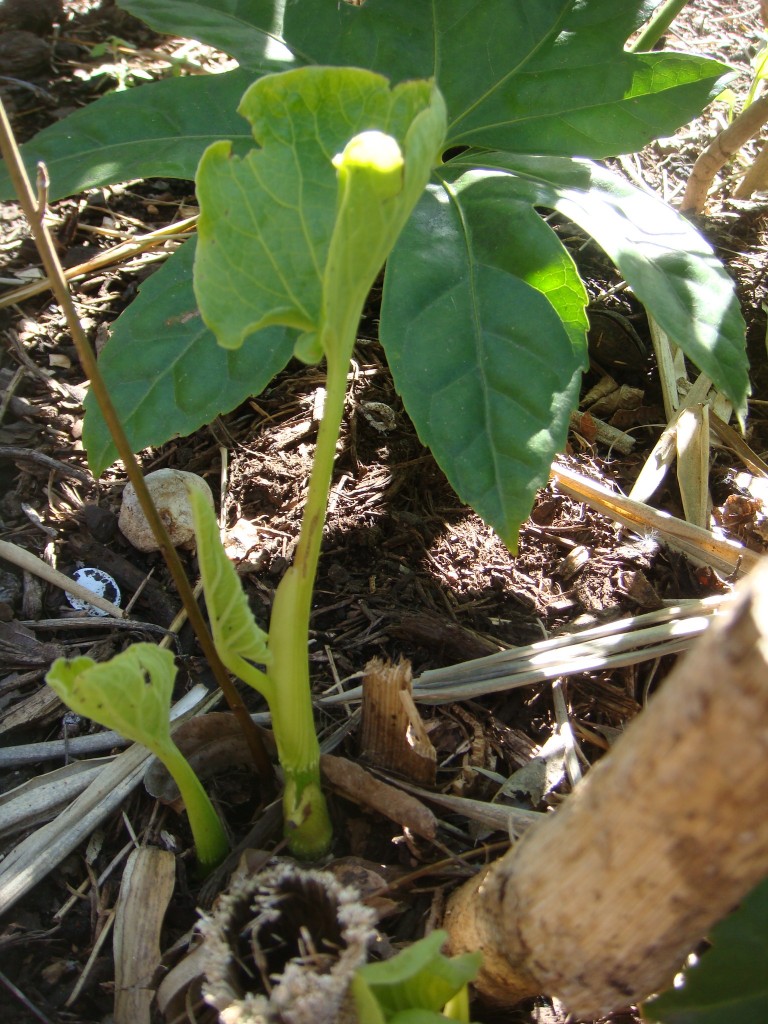 as is the Hoja Santa, returning from the dead.
as is the Hoja Santa, returning from the dead.
Ice plant wasting no time throwing in some shiny spring color.
Feather Grass and an illuminated loquat manuscript providing some textural contrast.
Another sinkhole, this one was full of aptly named…stonecrop.
Is that a baby grasshopper on this dwarf conifer? What IS that?. Talking of dwarf conifers how about this:
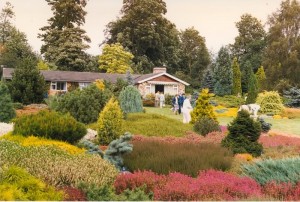
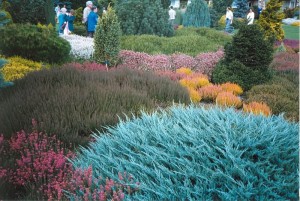 Adrian Bloom’s garden, Foggy Bottom, Bressingham, Norfolk, England, 1987-89
Adrian Bloom’s garden, Foggy Bottom, Bressingham, Norfolk, England, 1987-89
“I have never seen anything like it, so many conifers in one garden”.
Finally:

“I cannot believe you did not include me anywhere in this Jurassic post ESP?”
Sorry Jeff, …no flies!
Stay Tuned for:
“Bread Rock”
All material © 2010 for eastsidepatch. Unauthorized
intergalactic reproduction strictly prohibited, and
punishable by late (and extremely unpleasant)
14th century planet Earth techniques.
